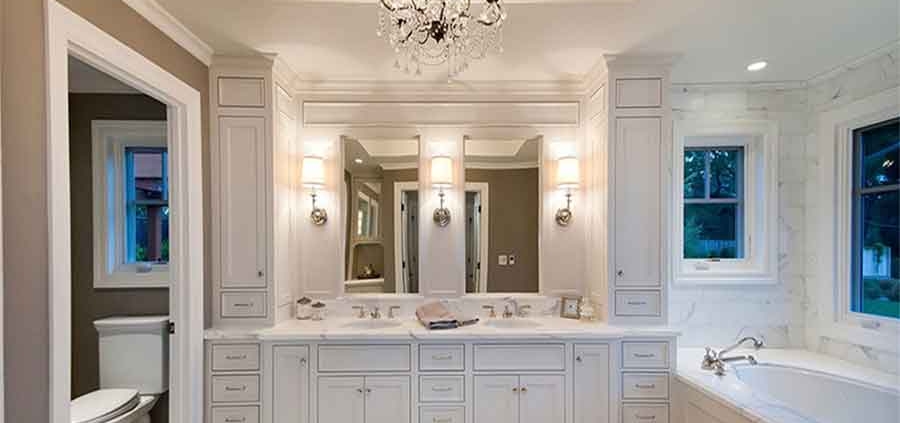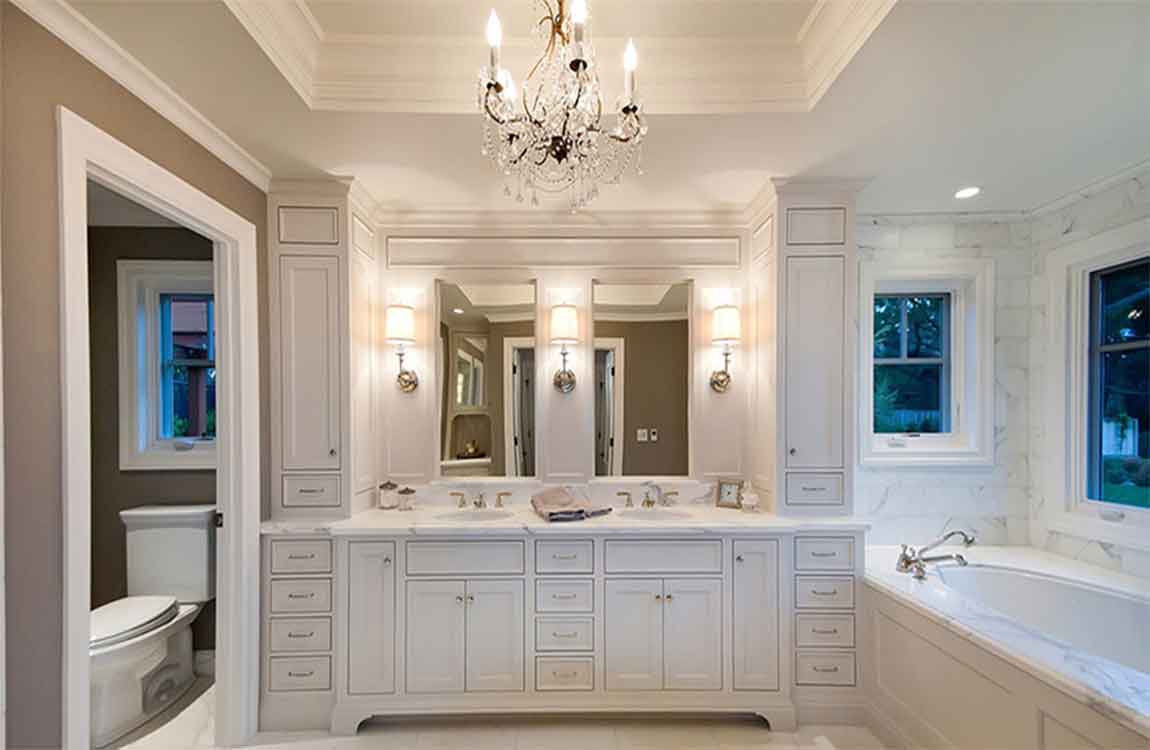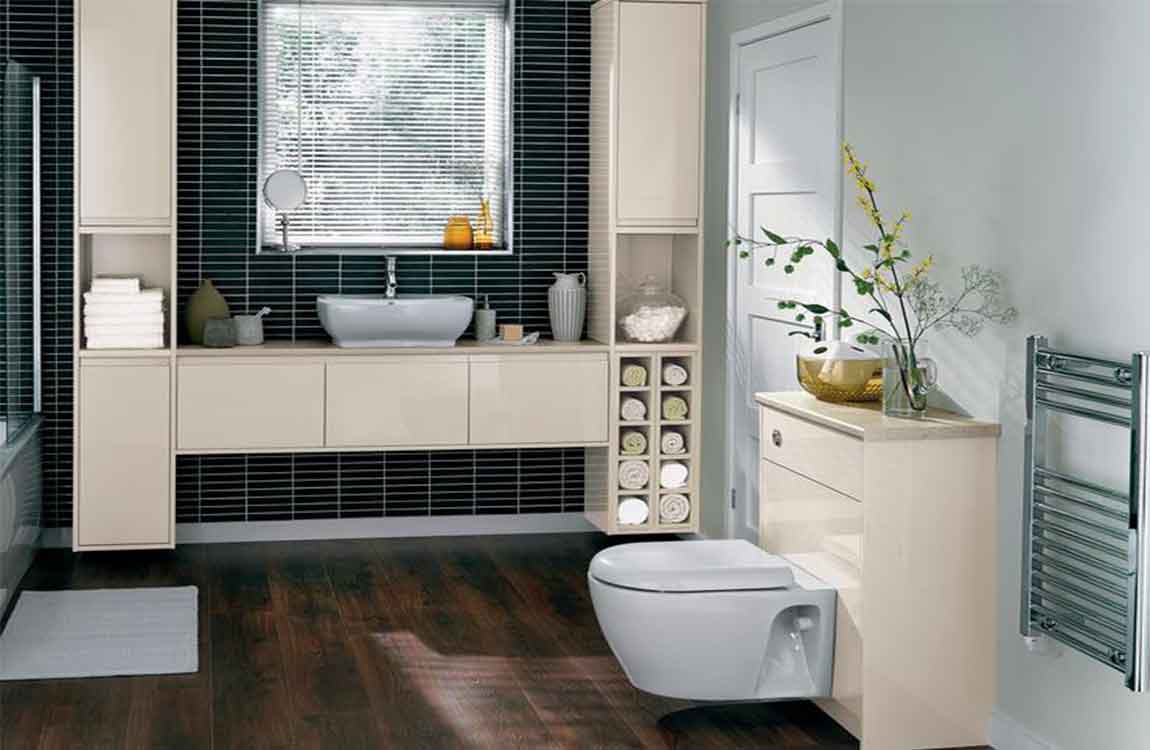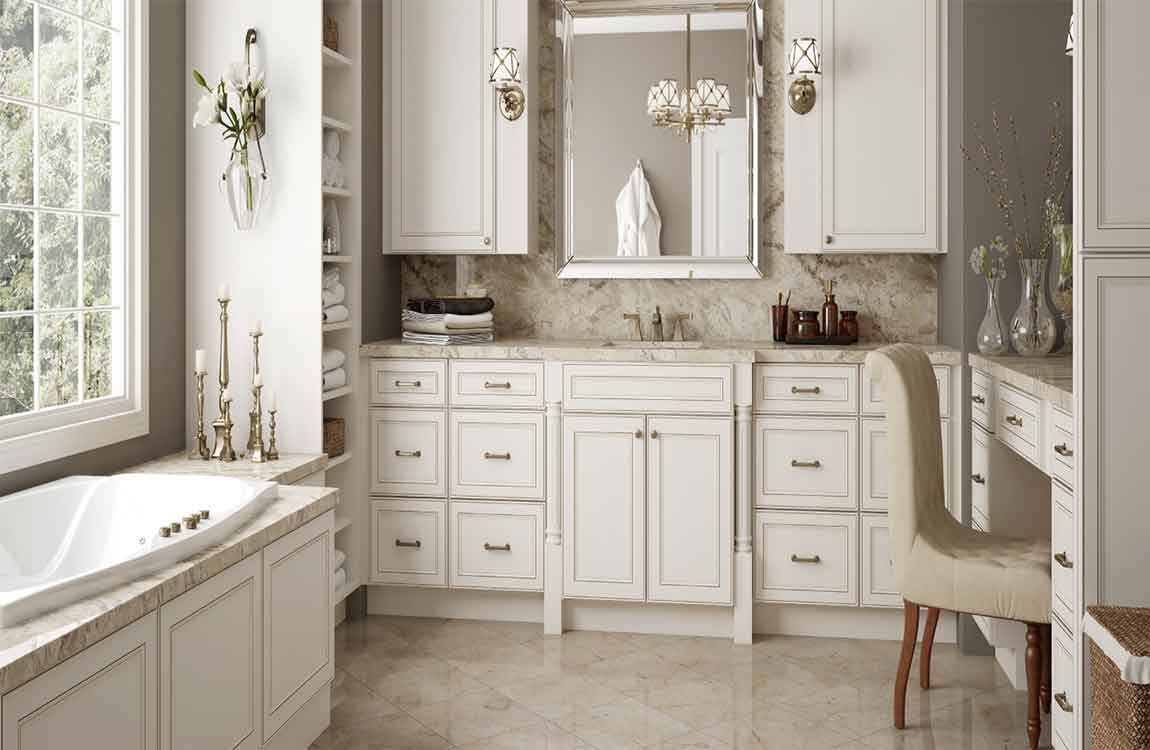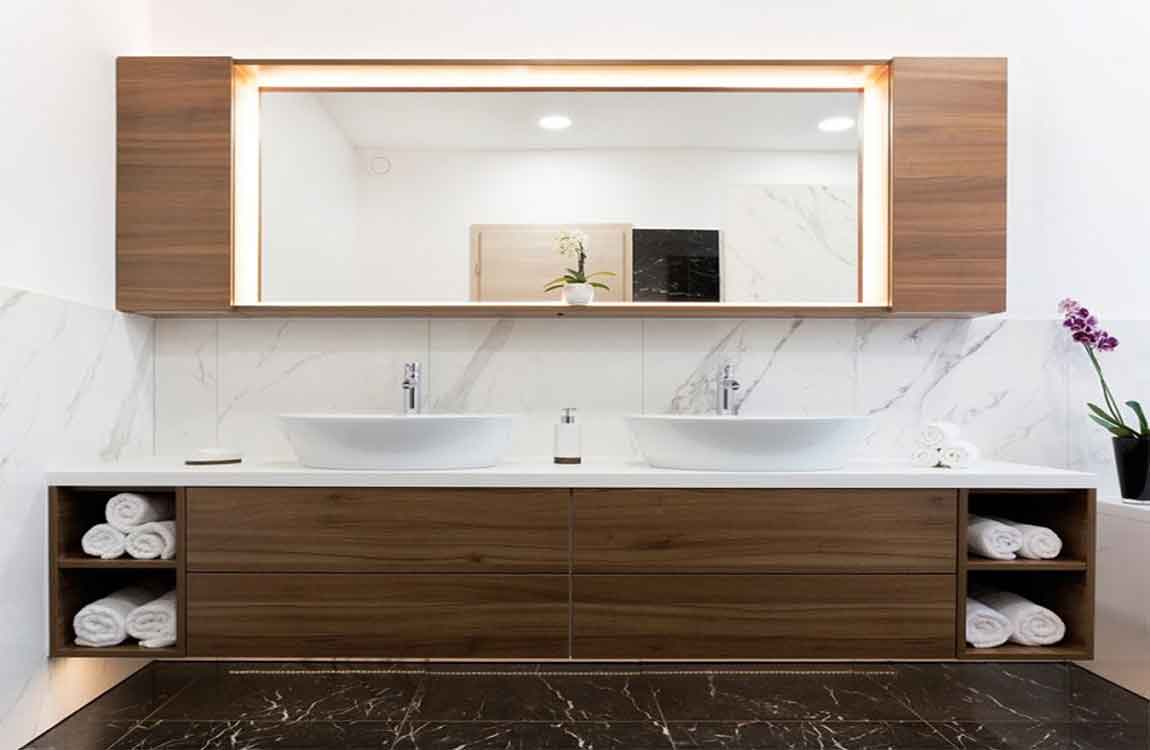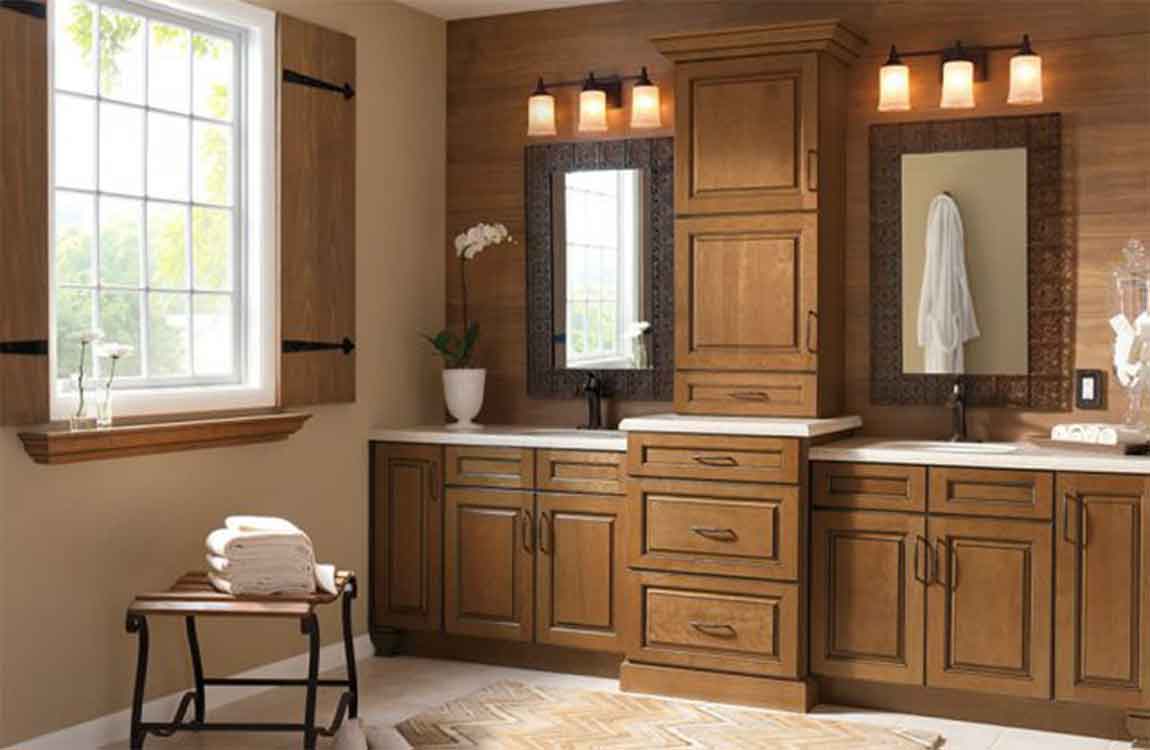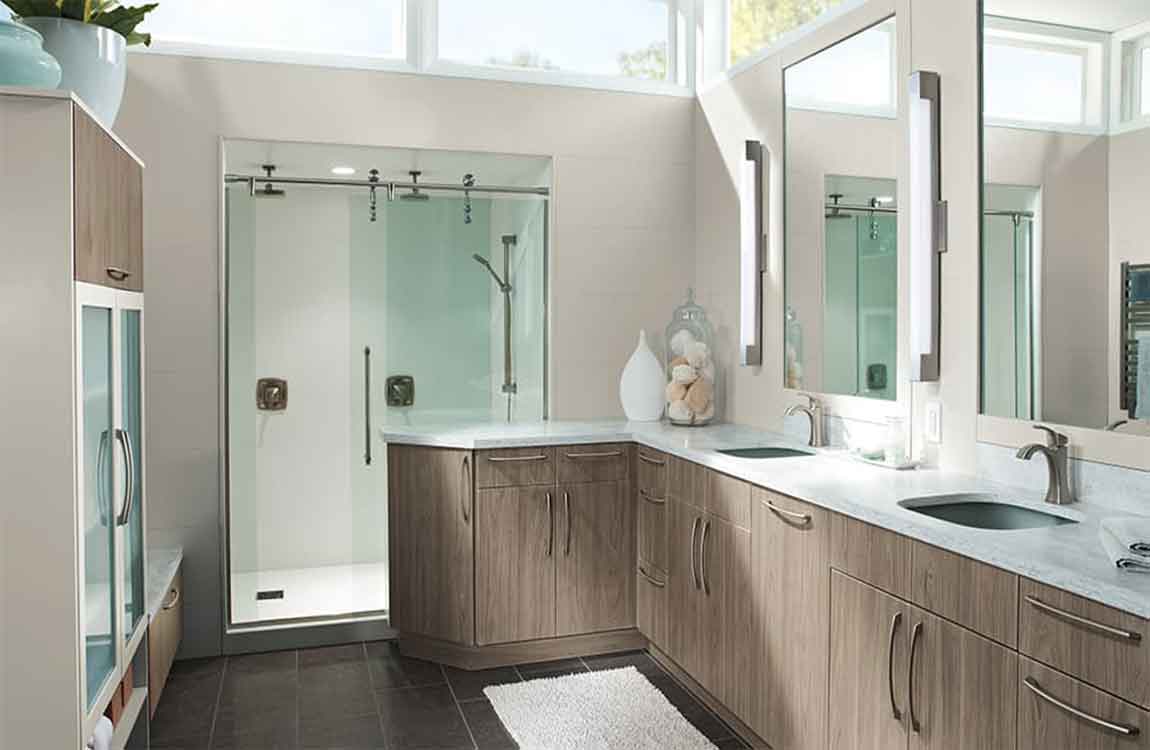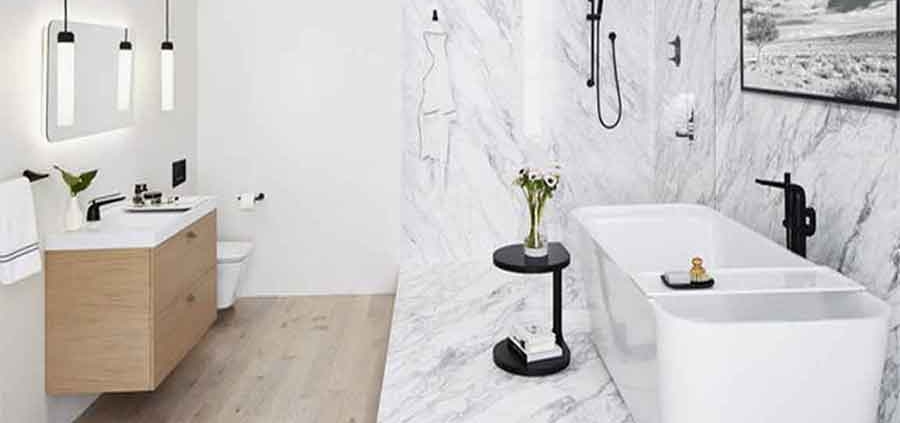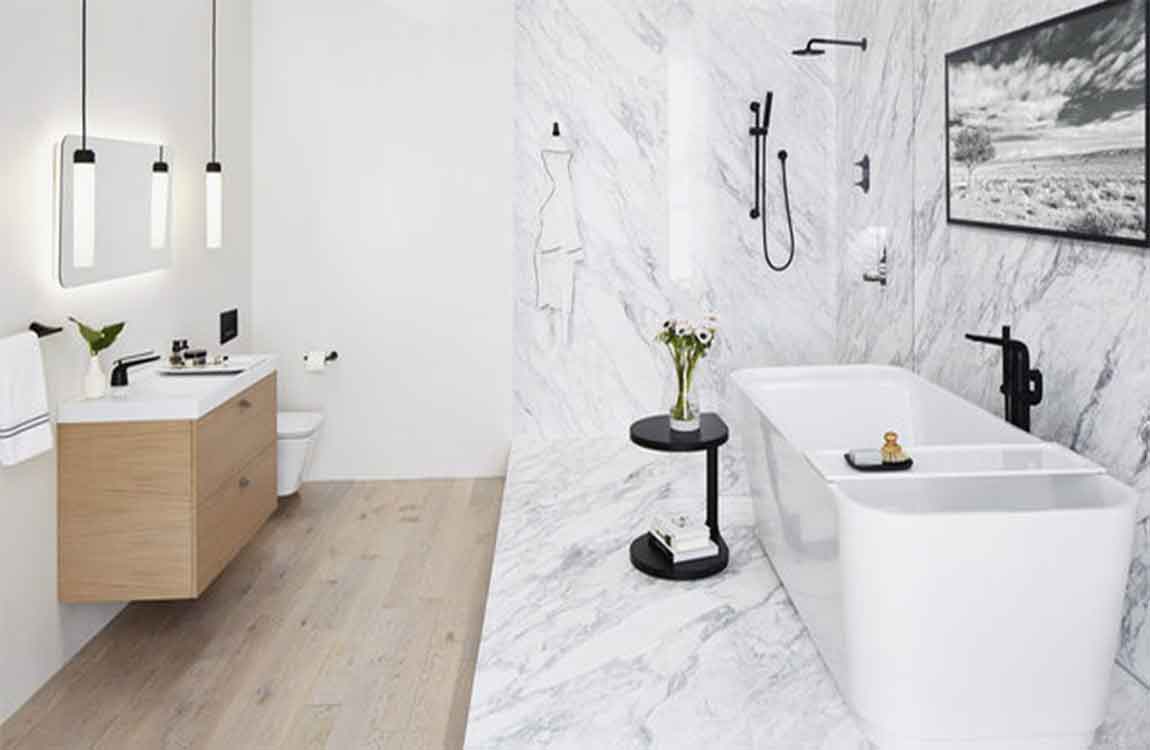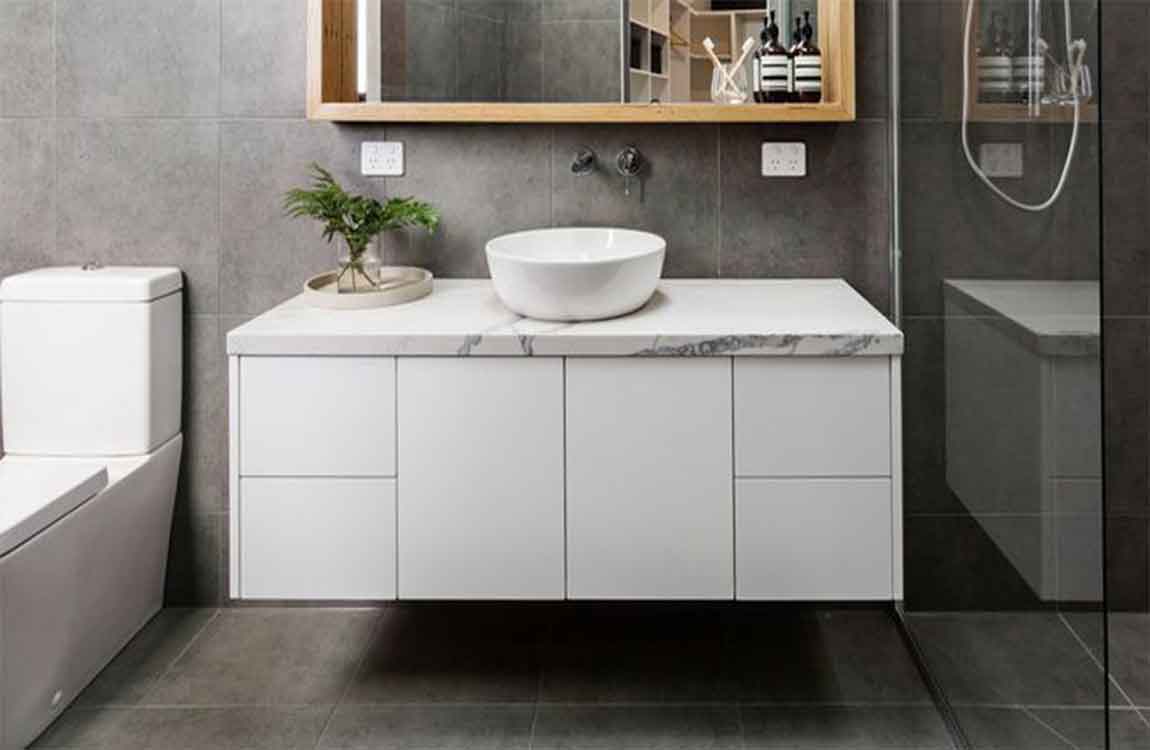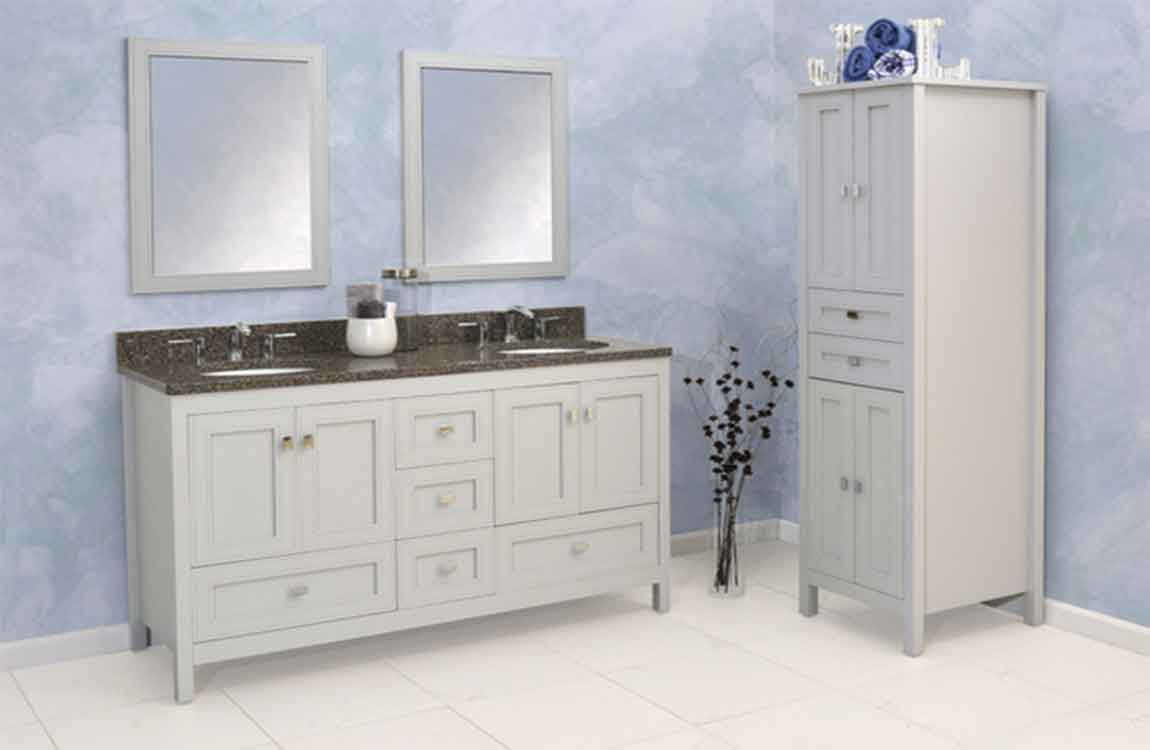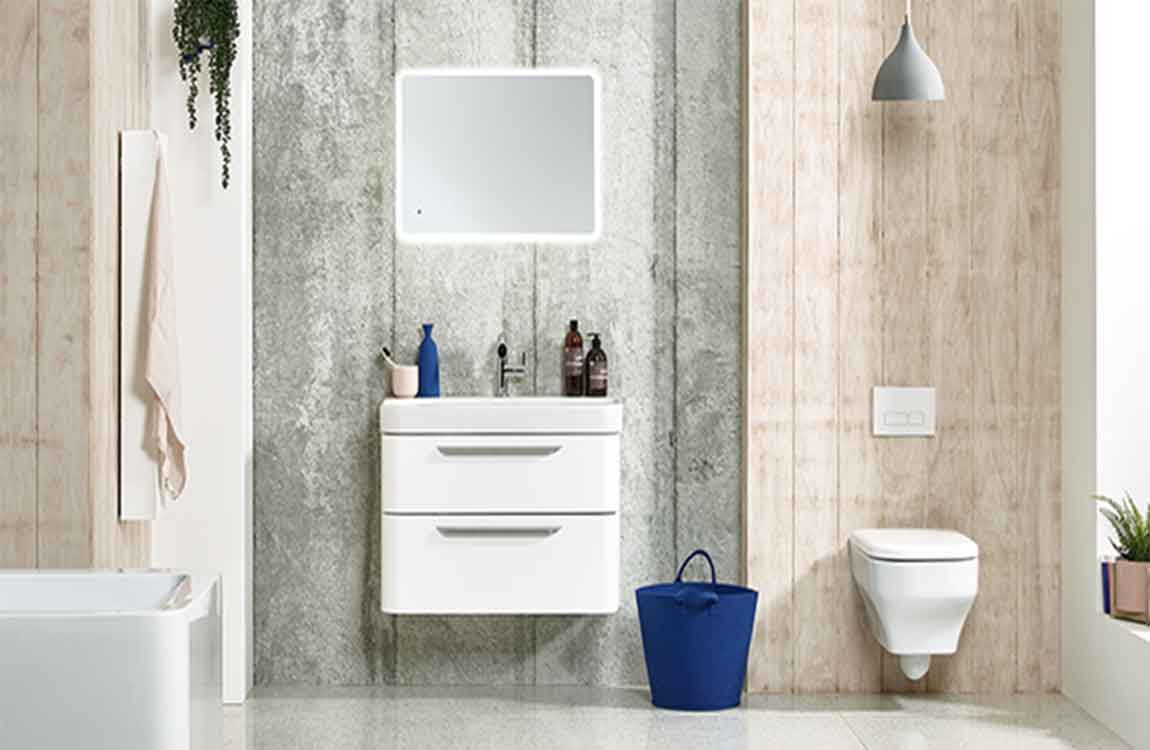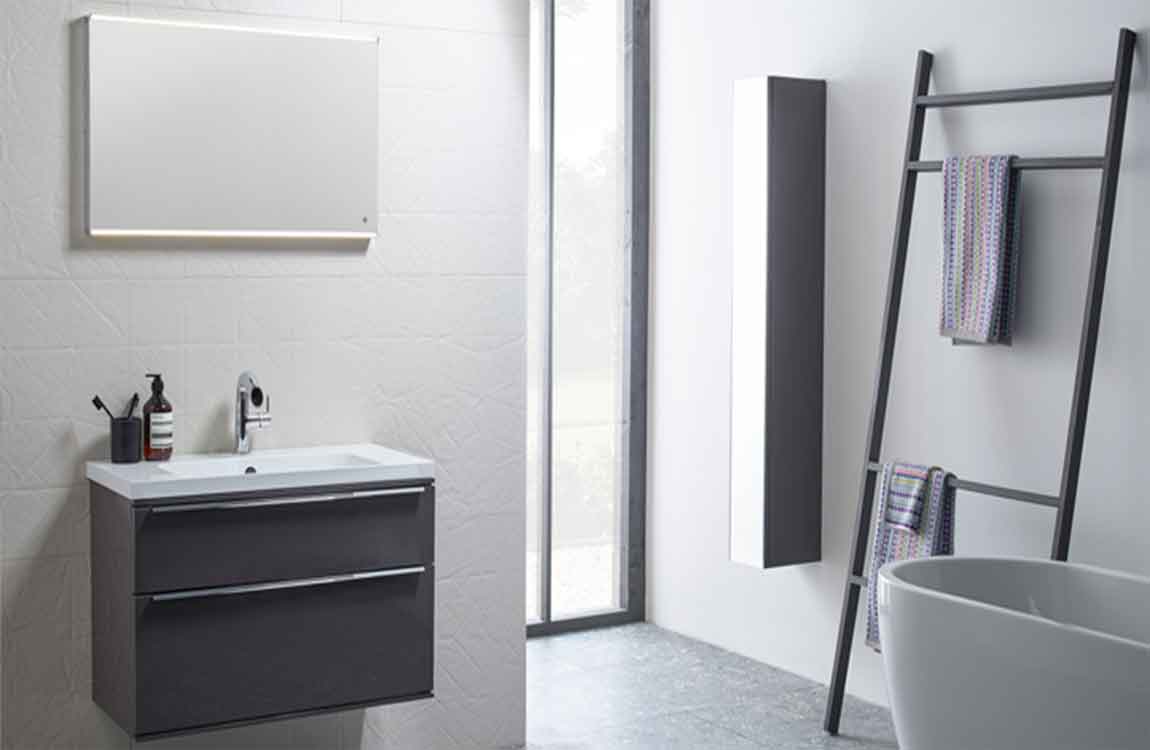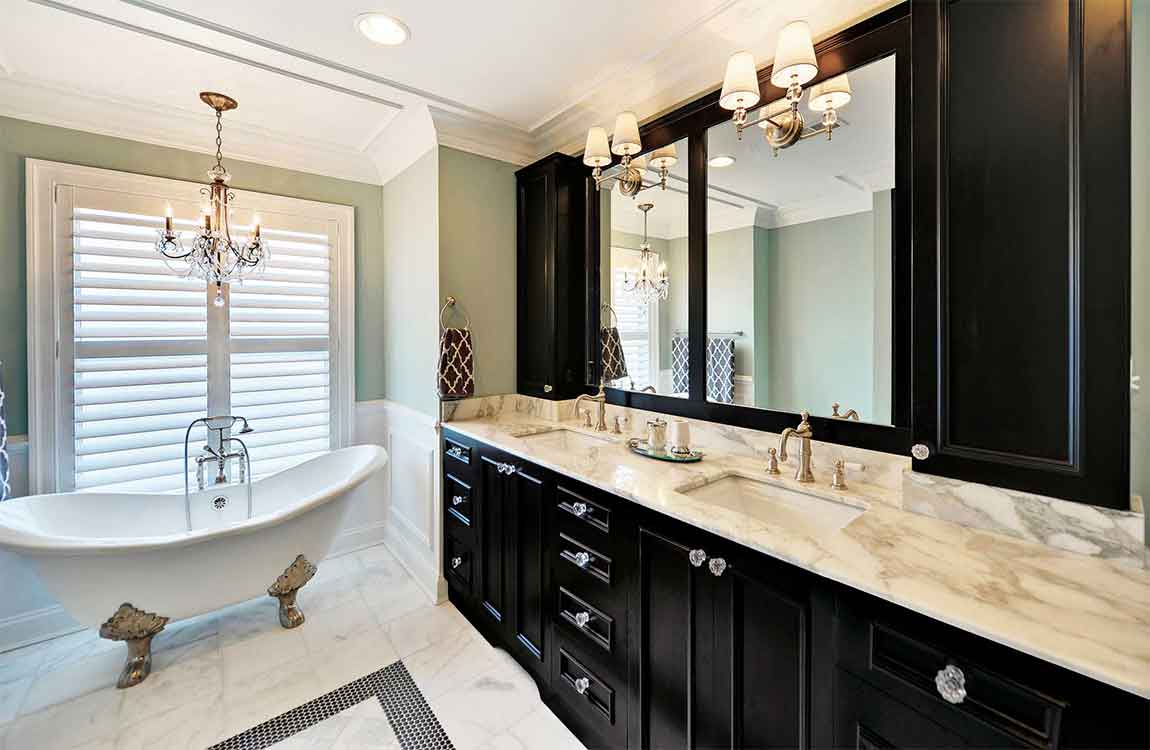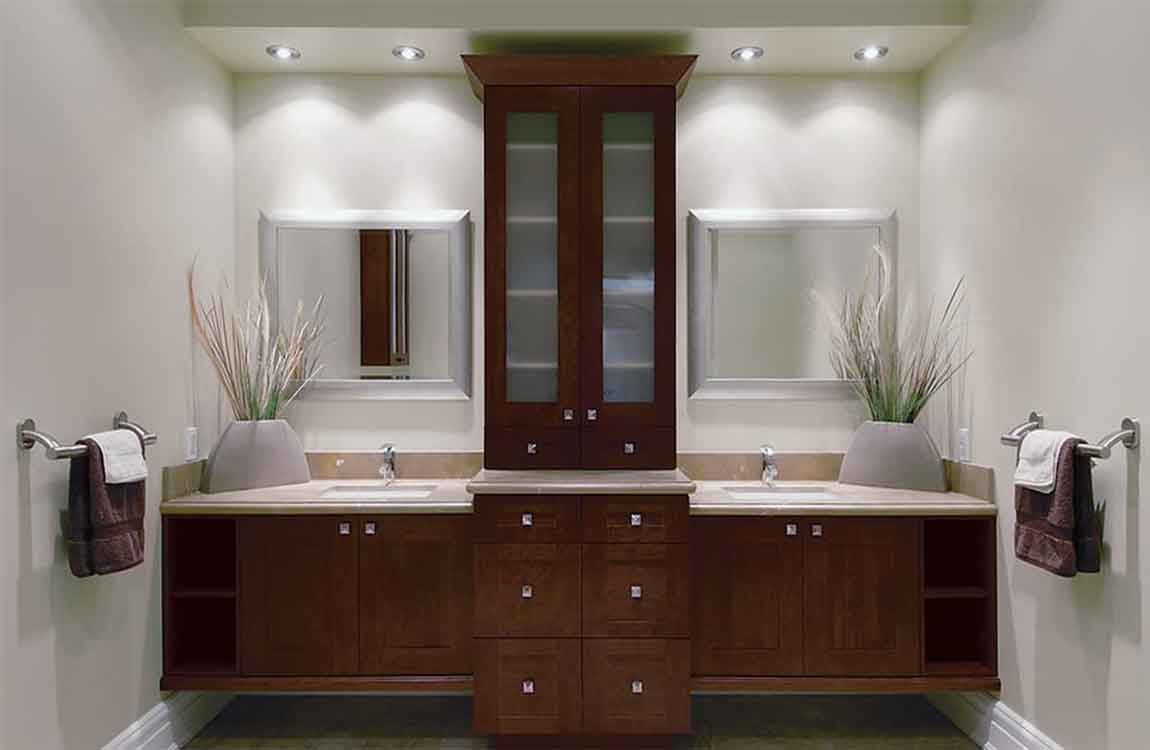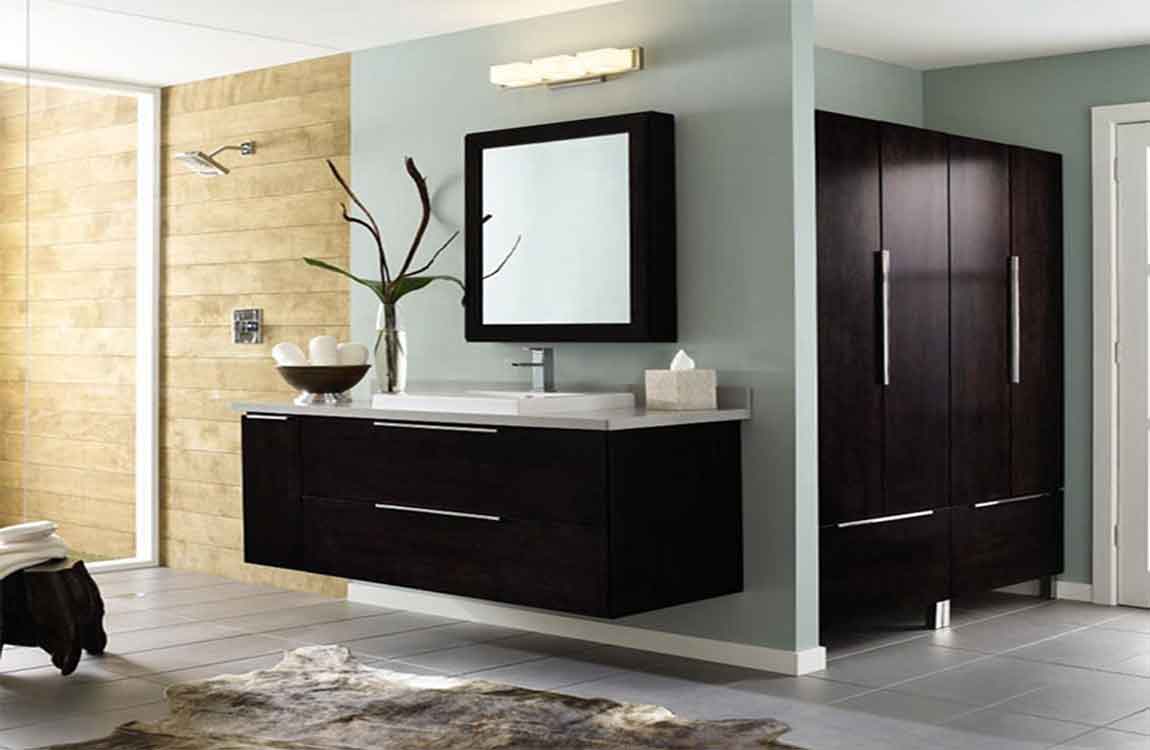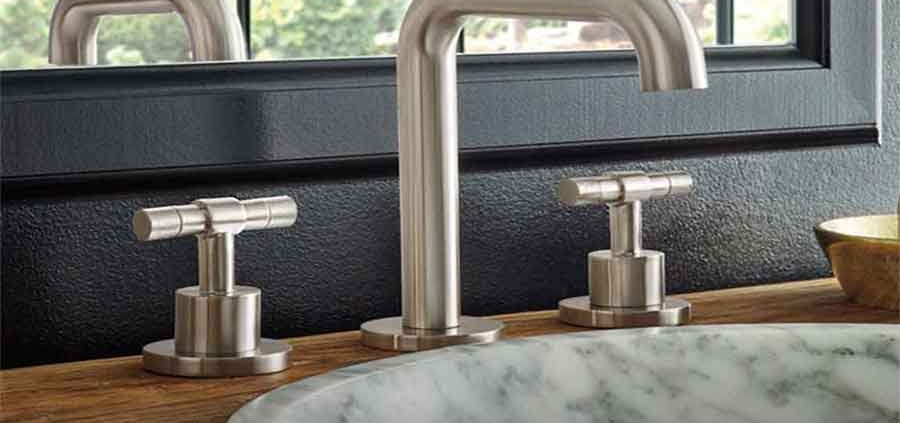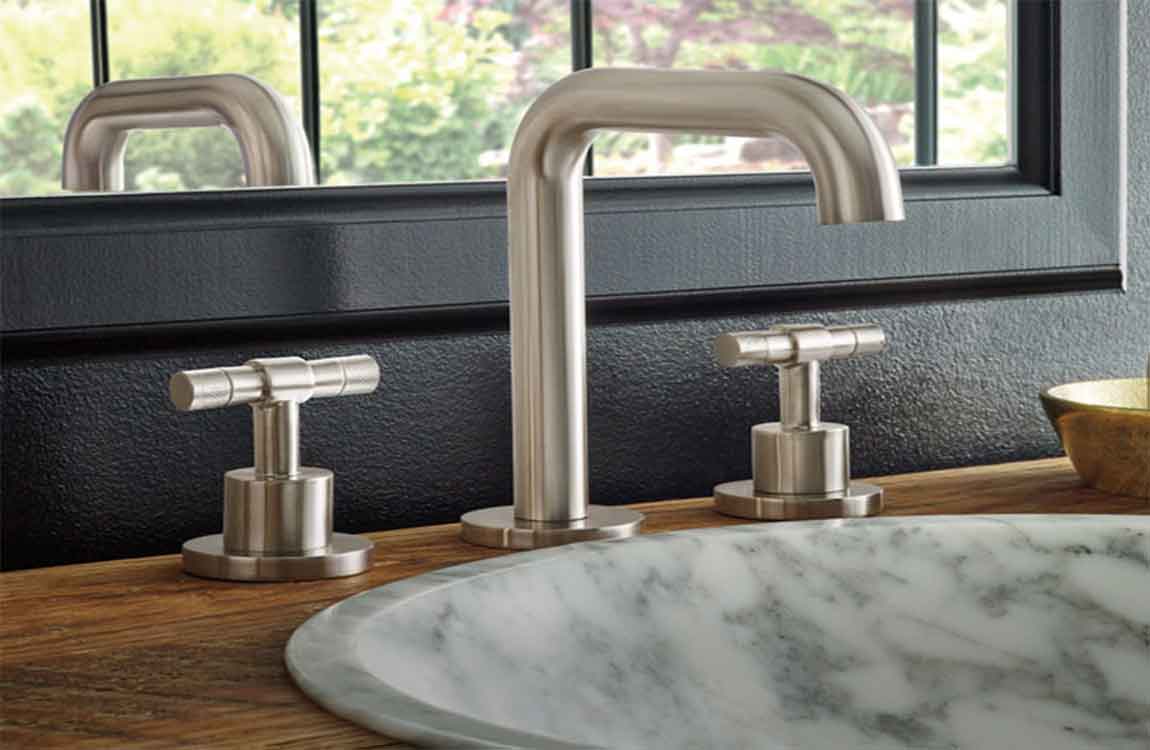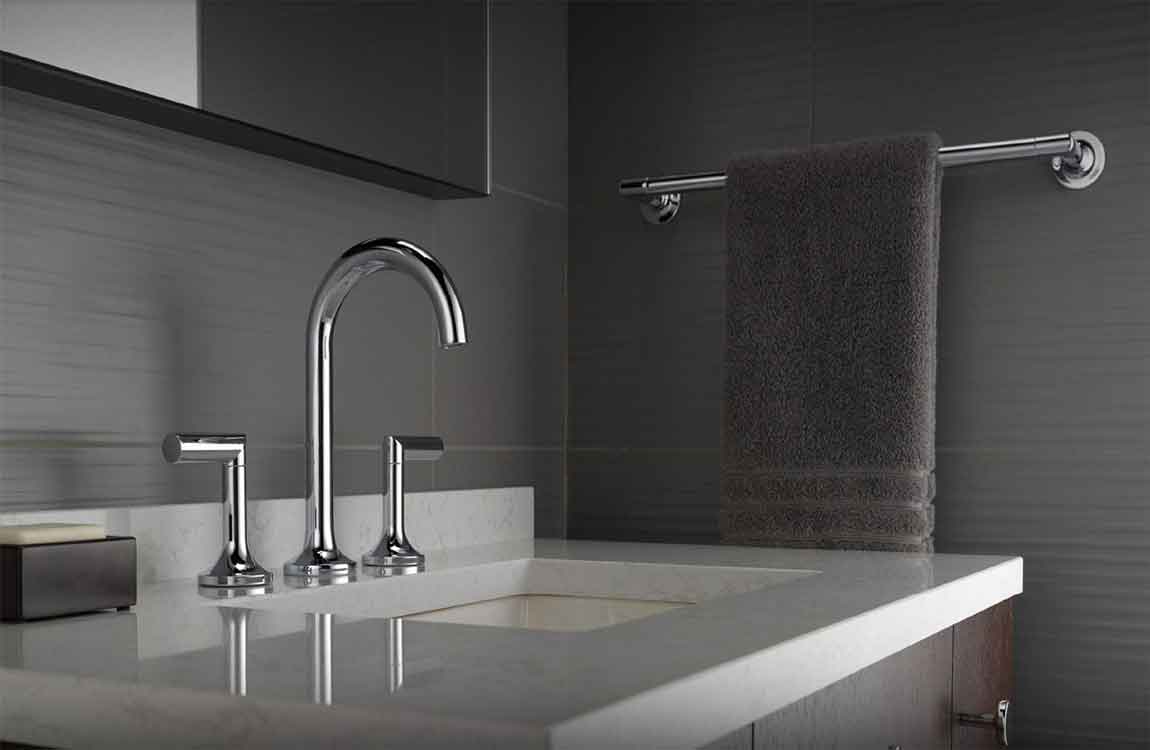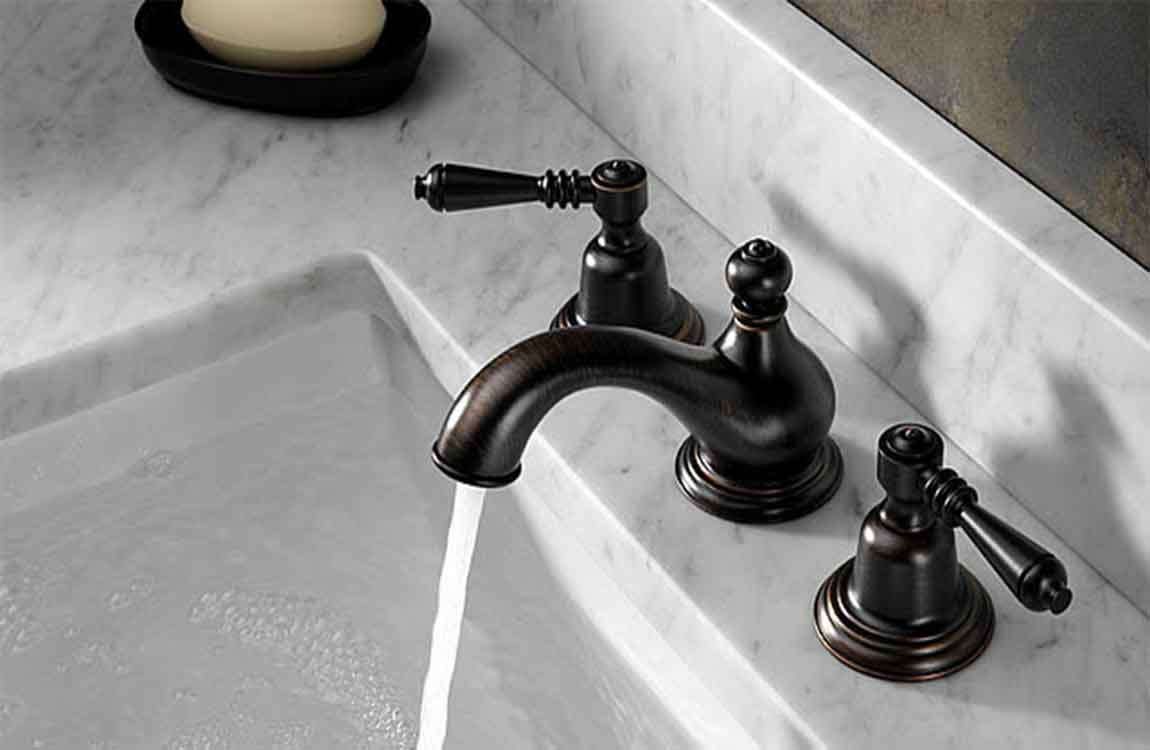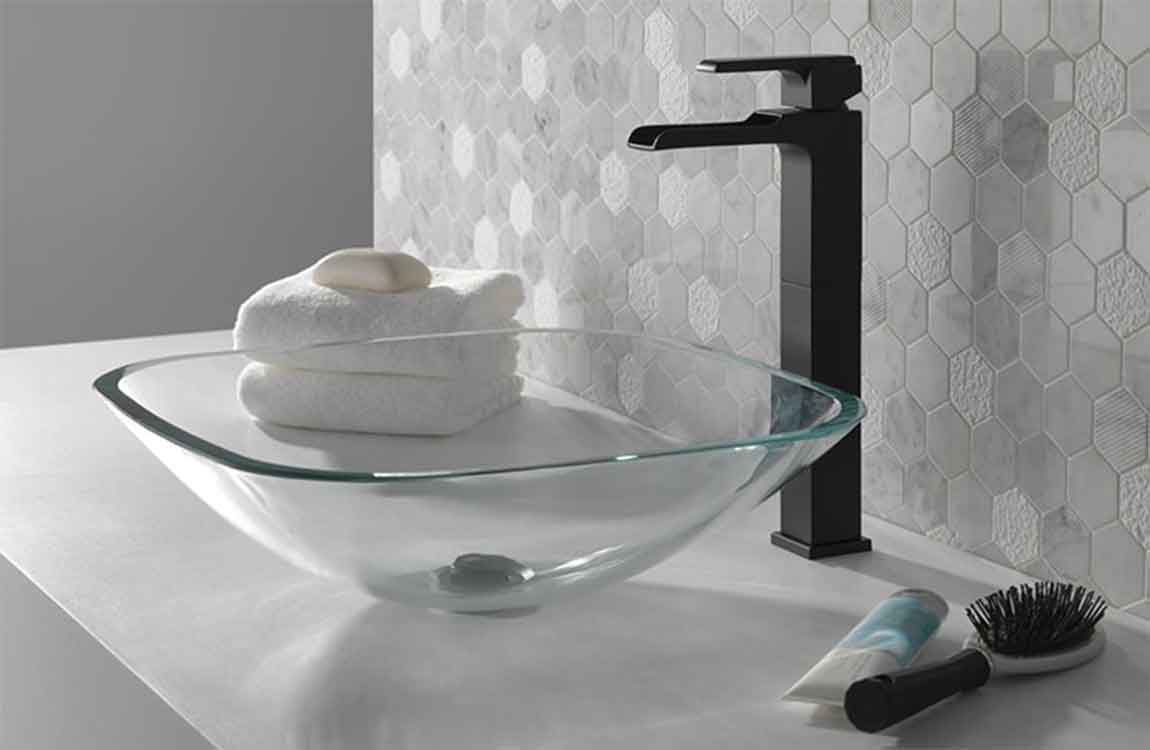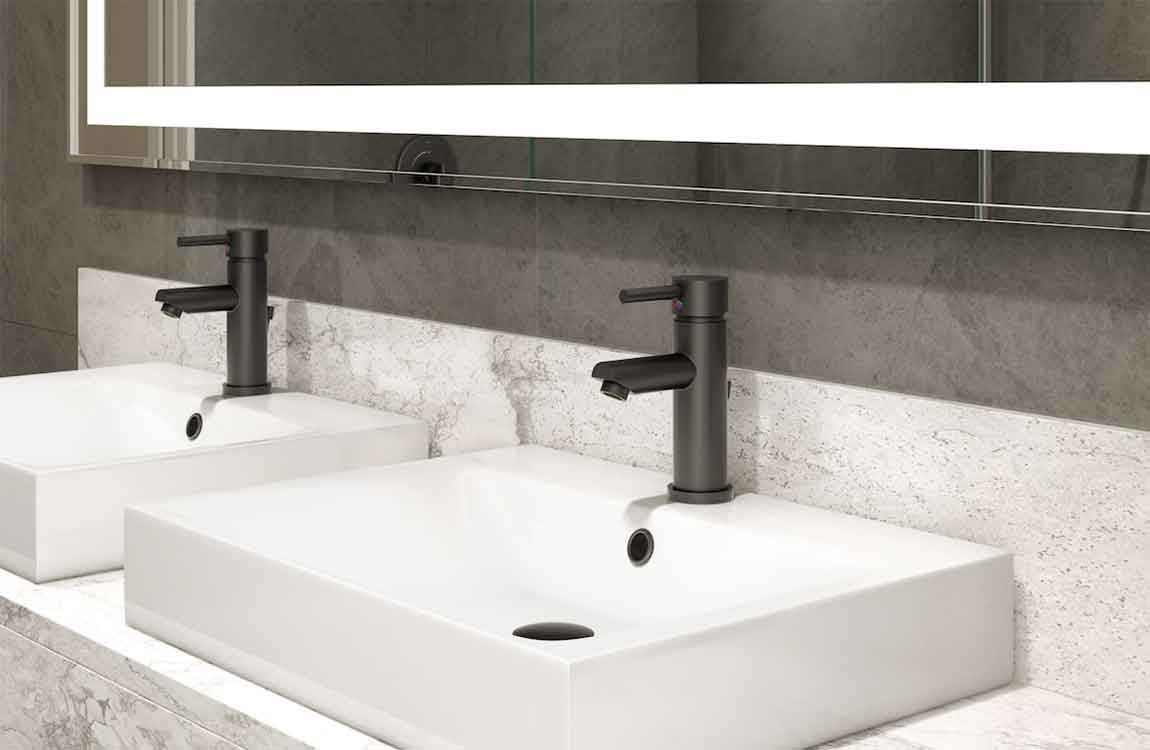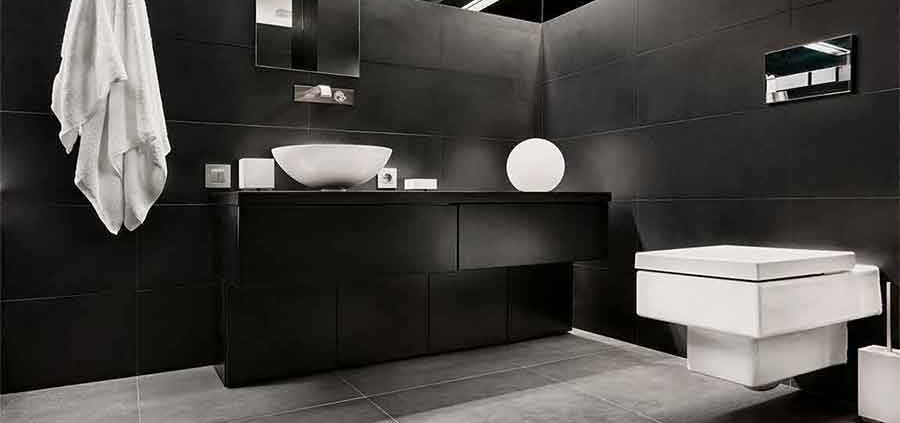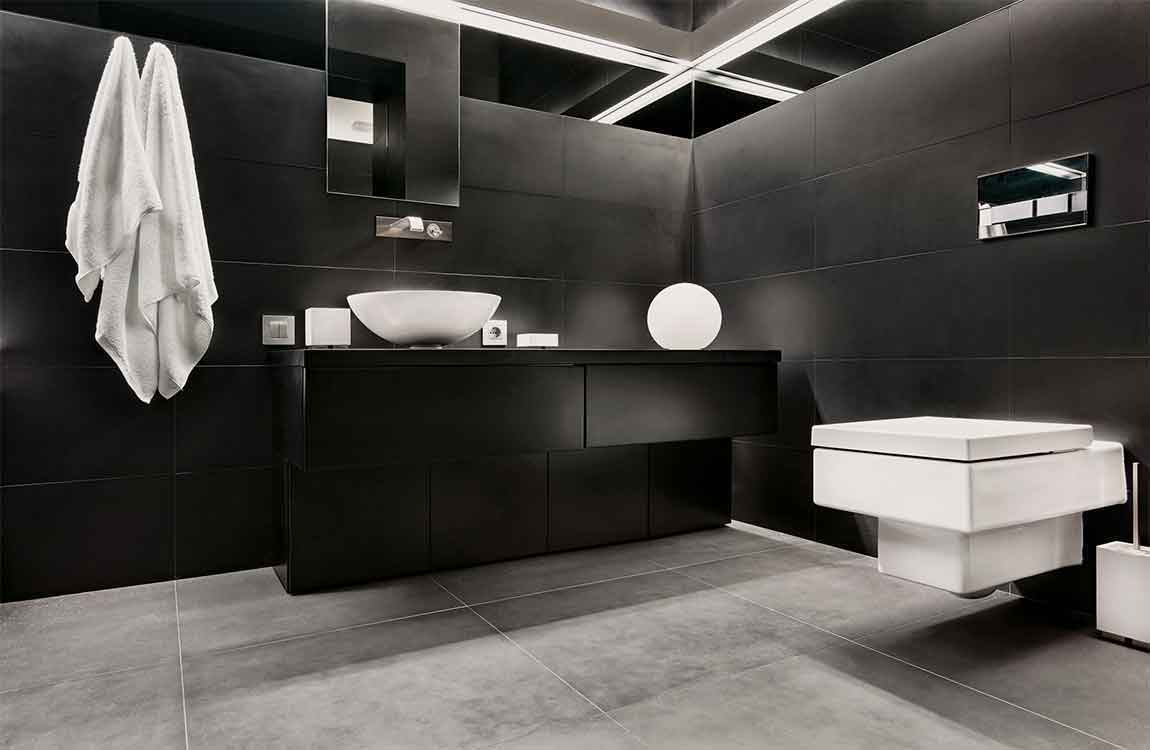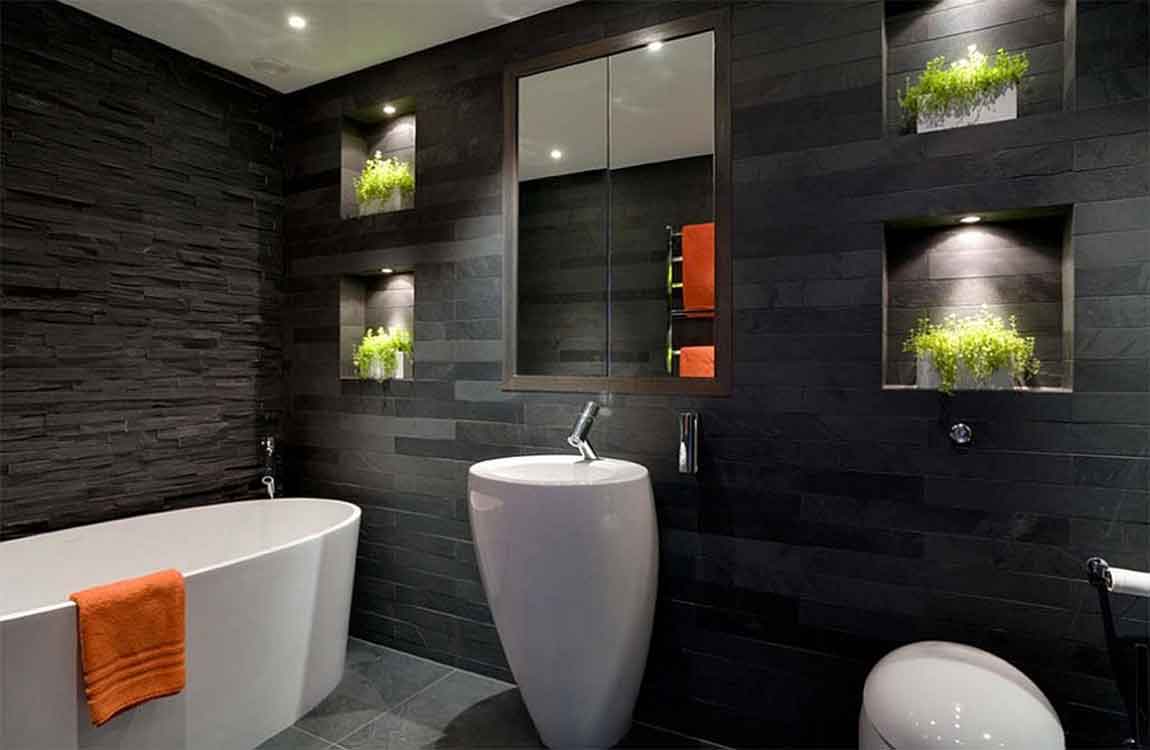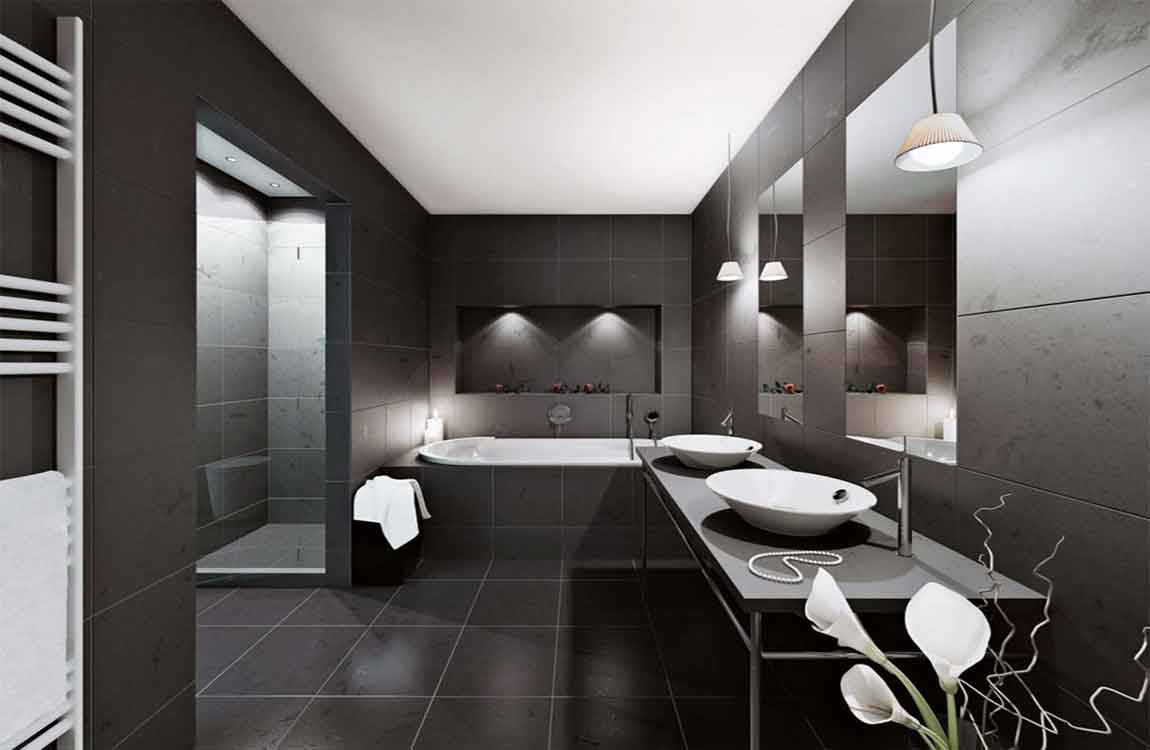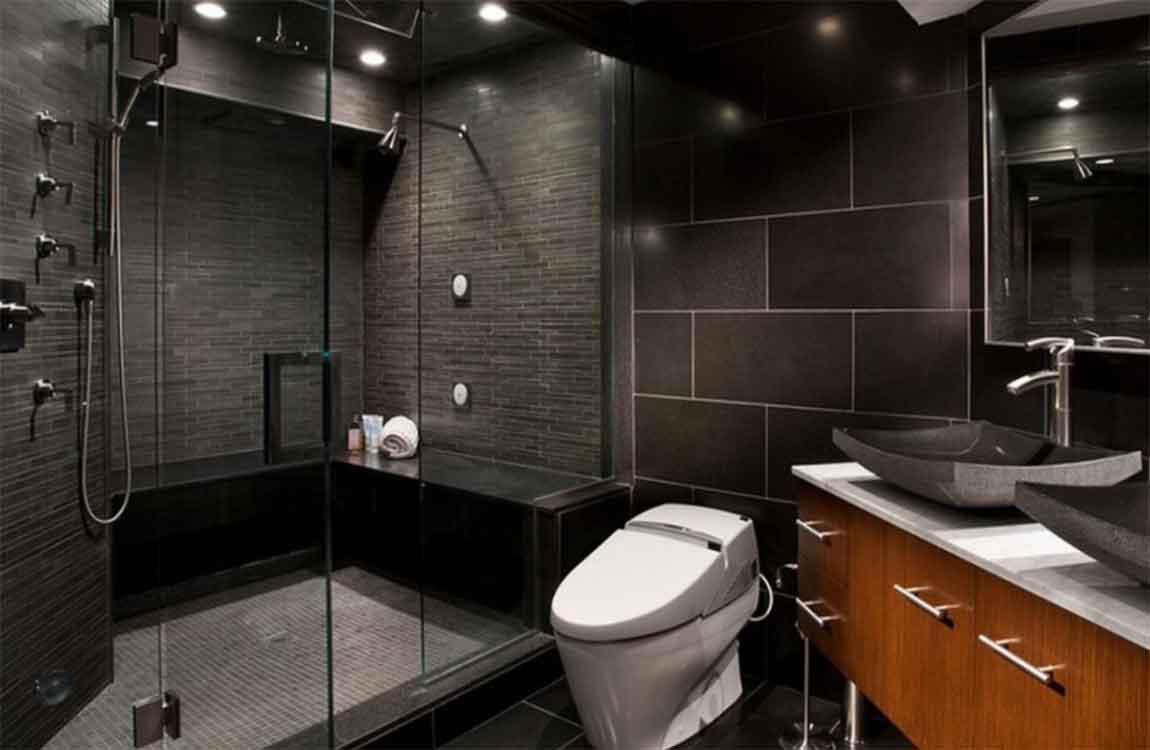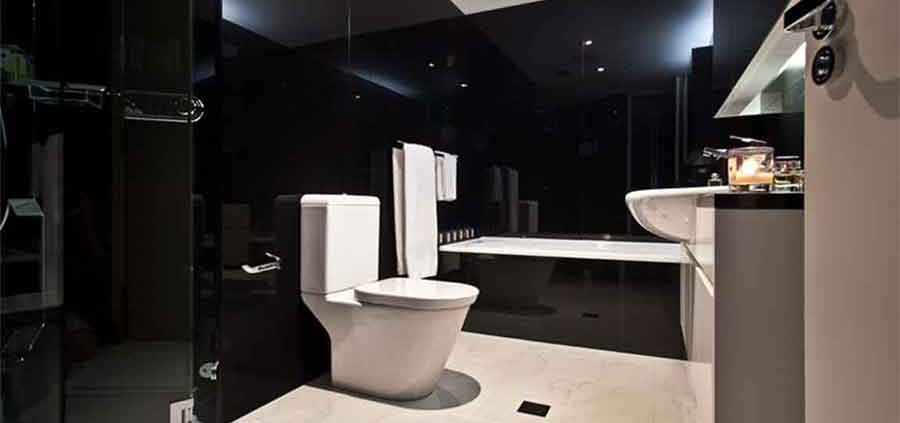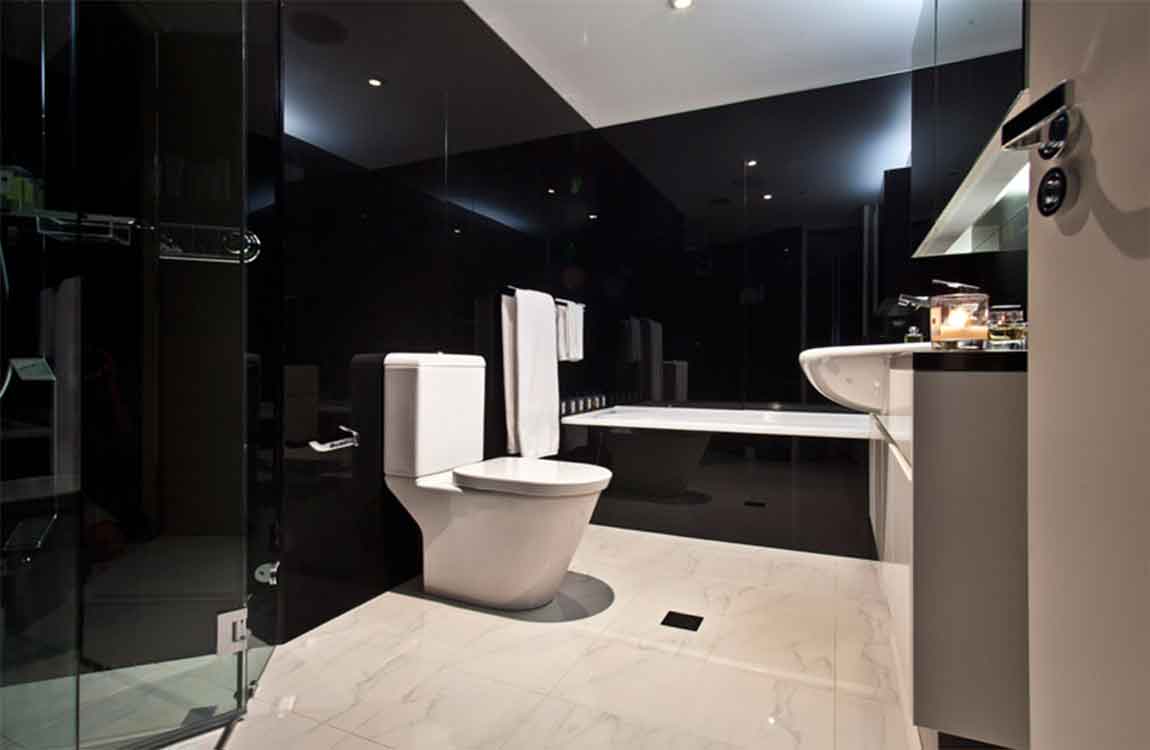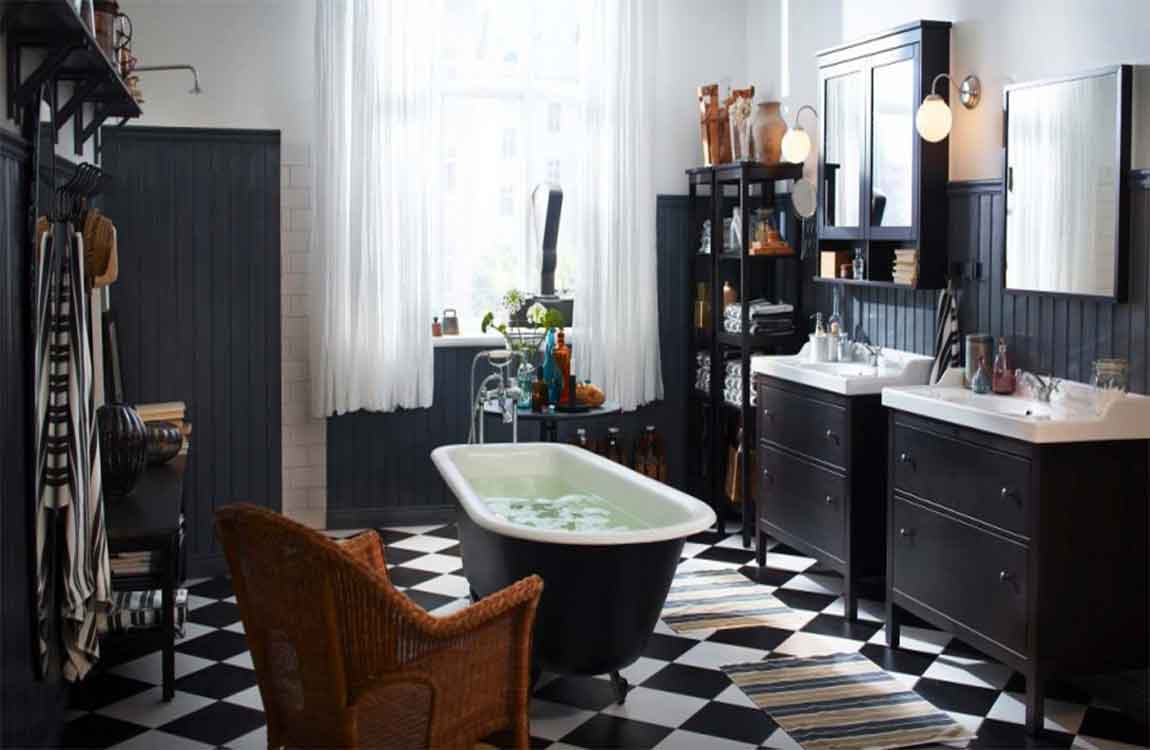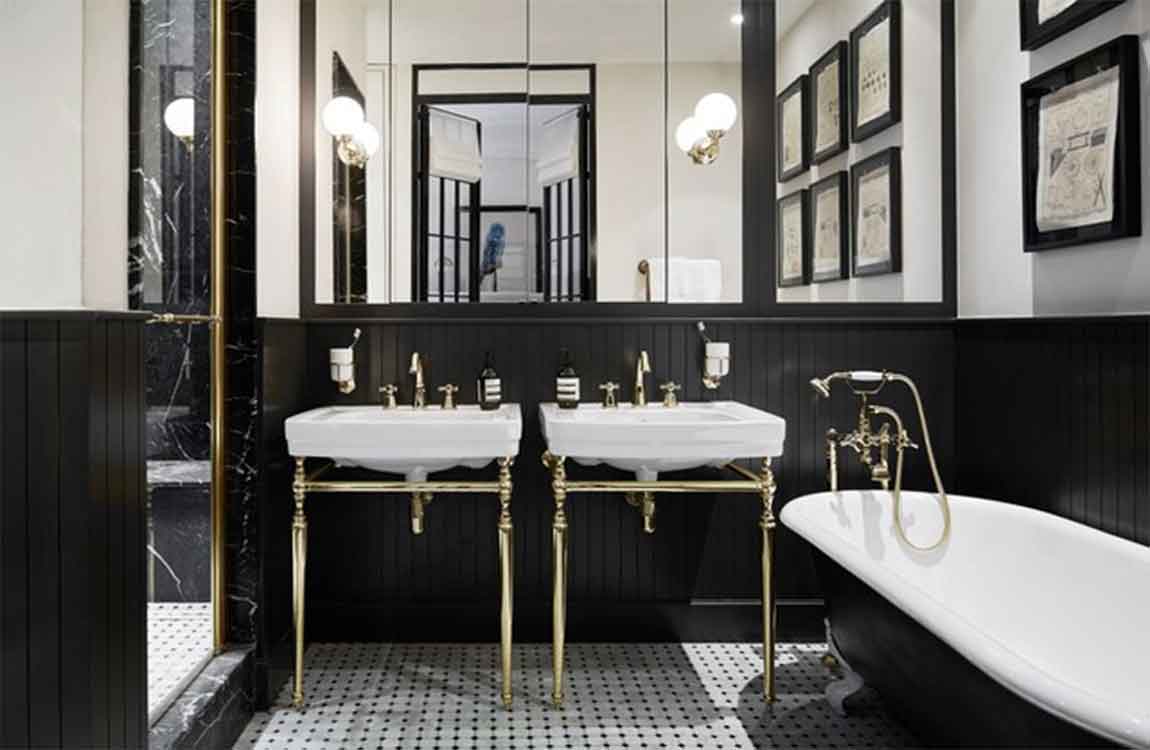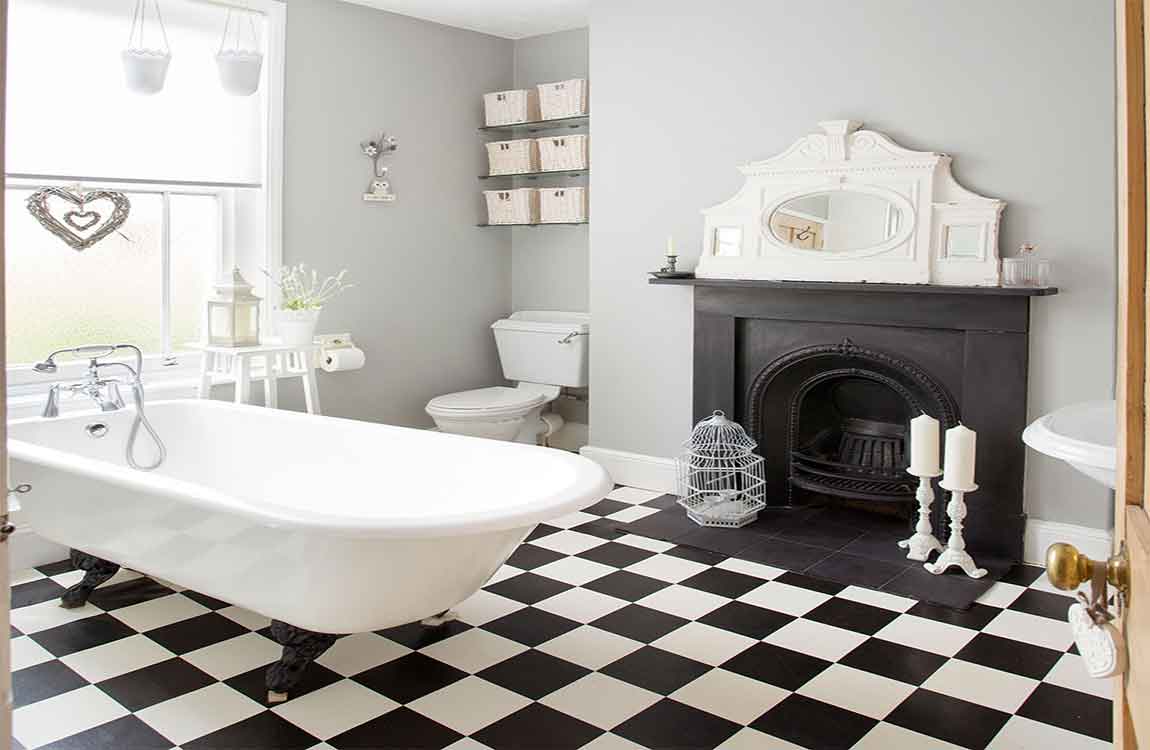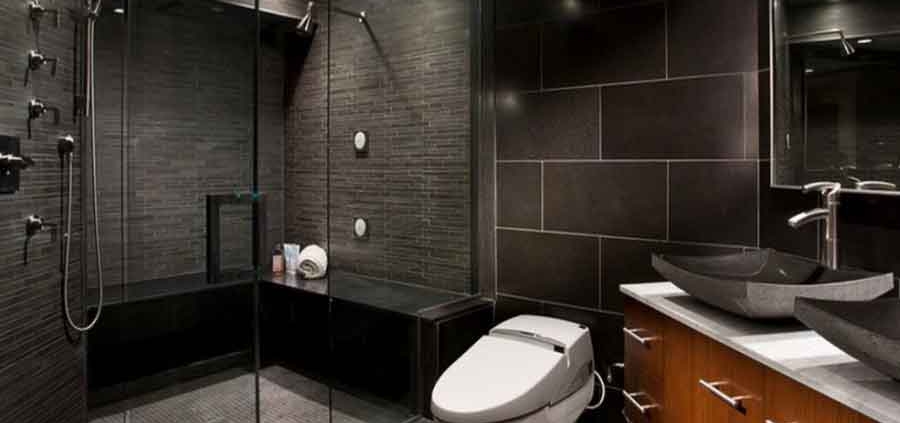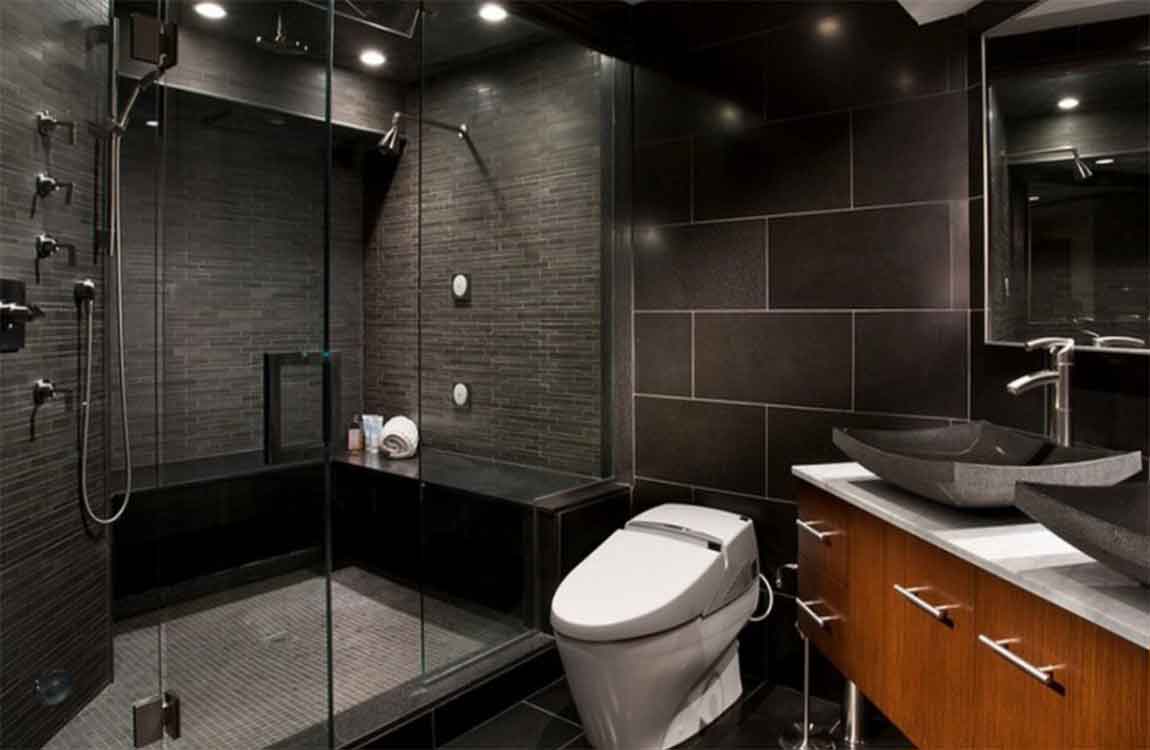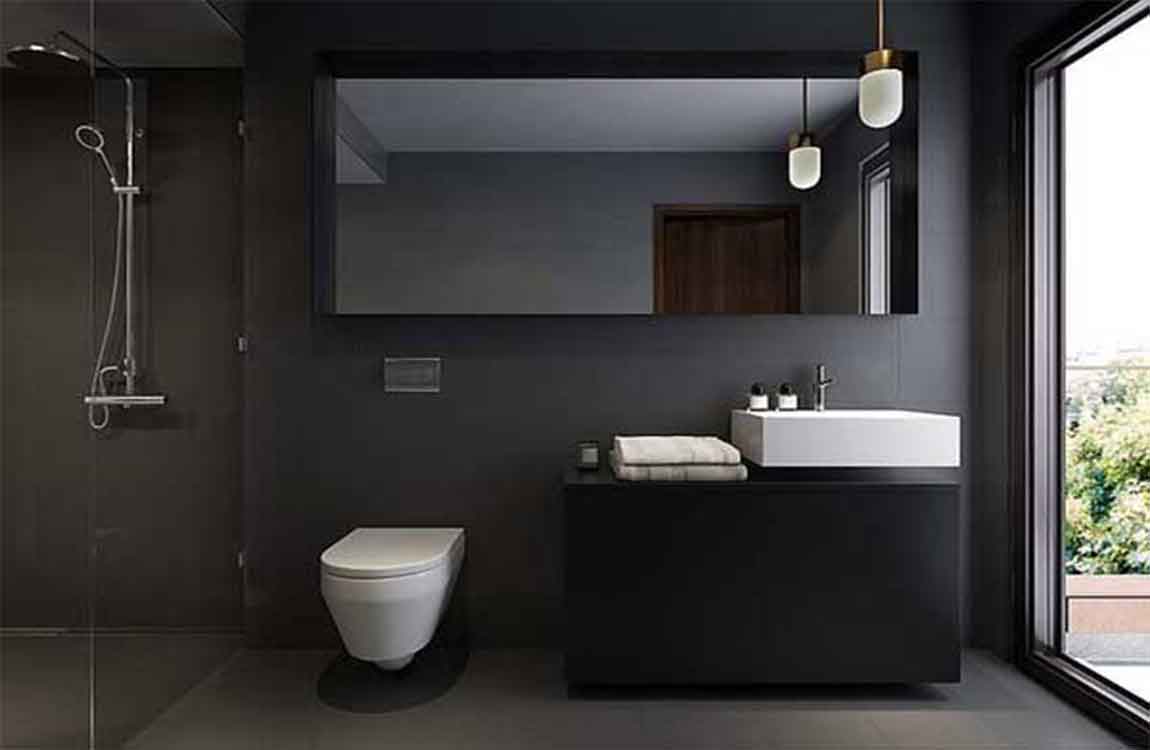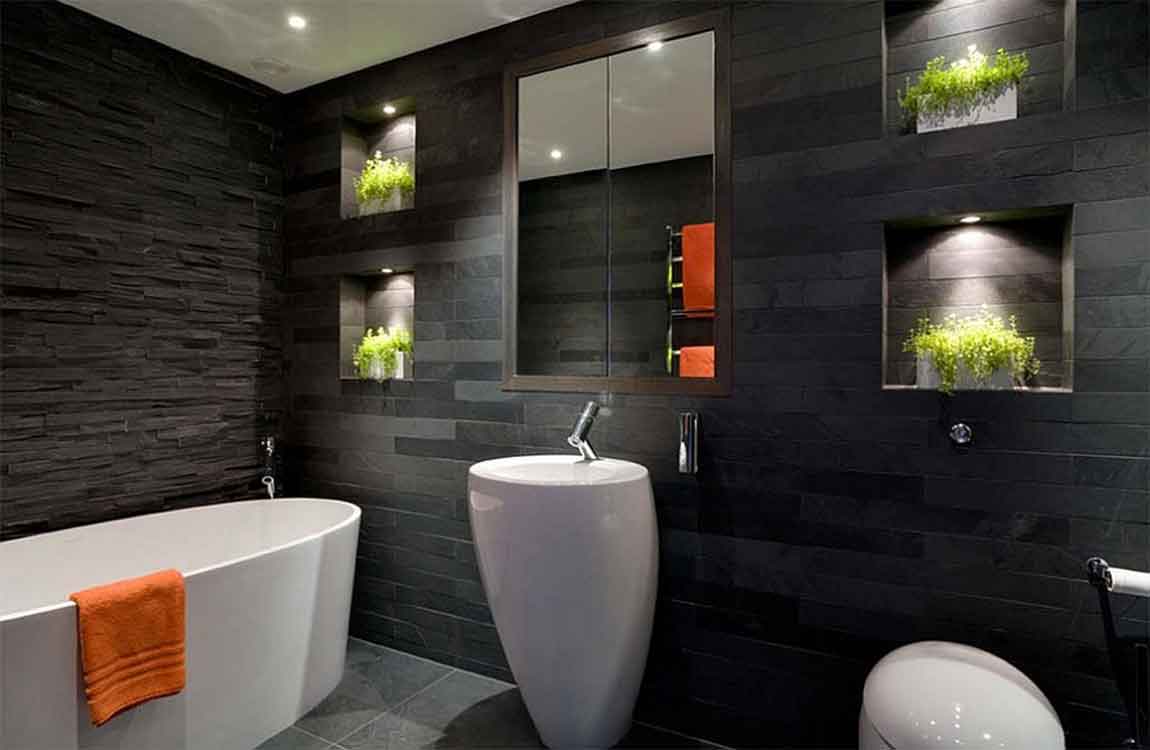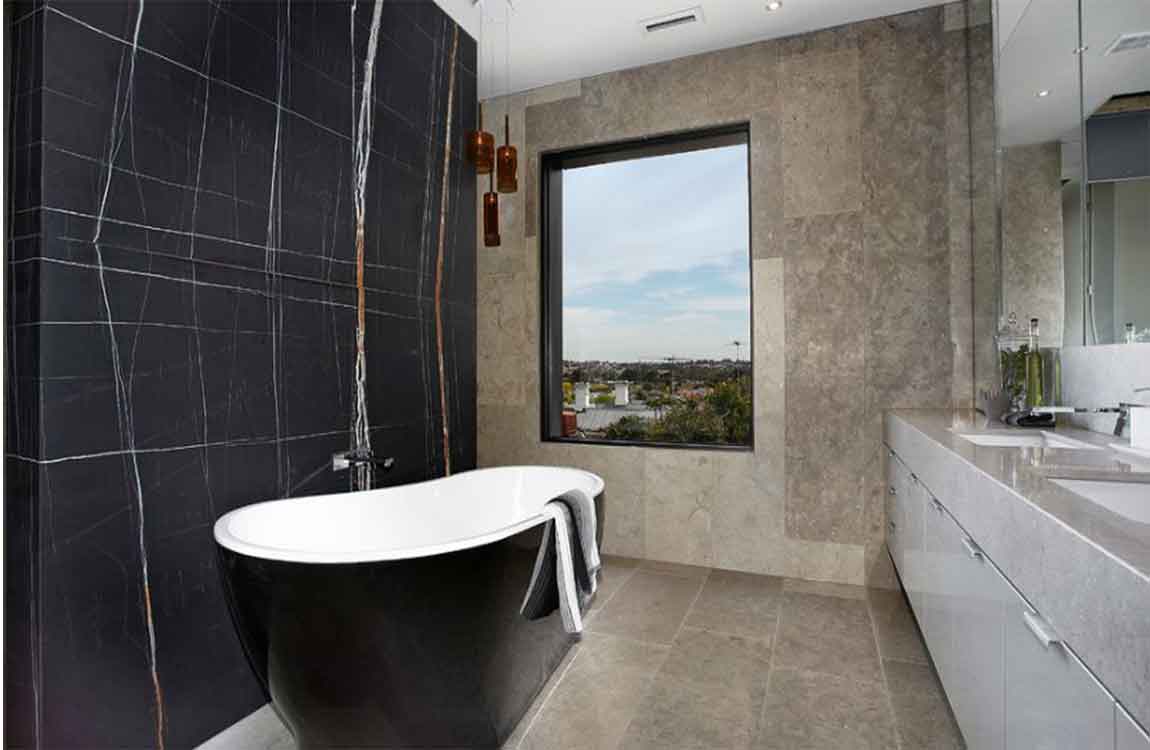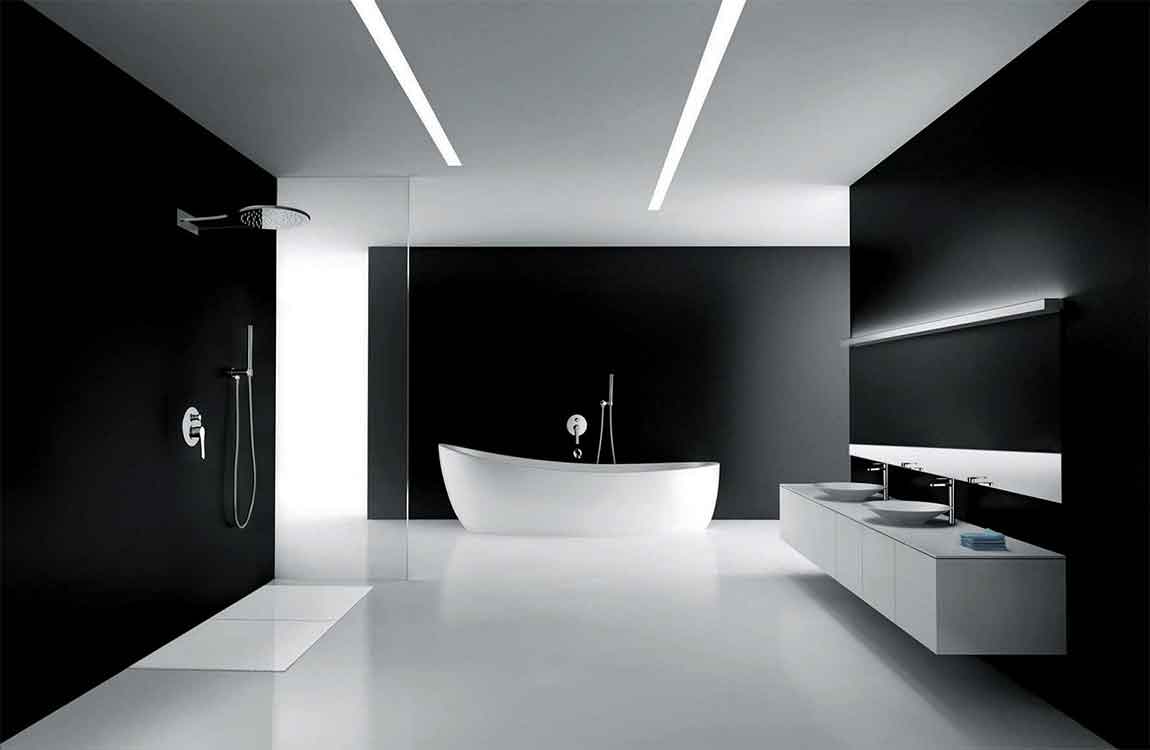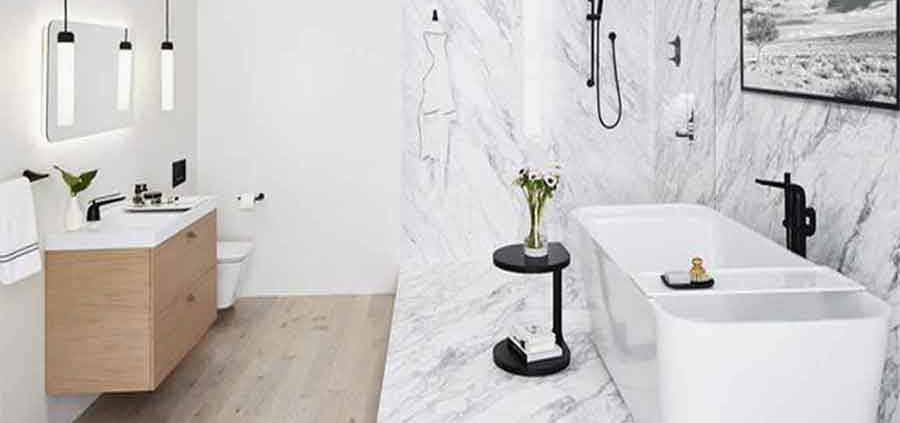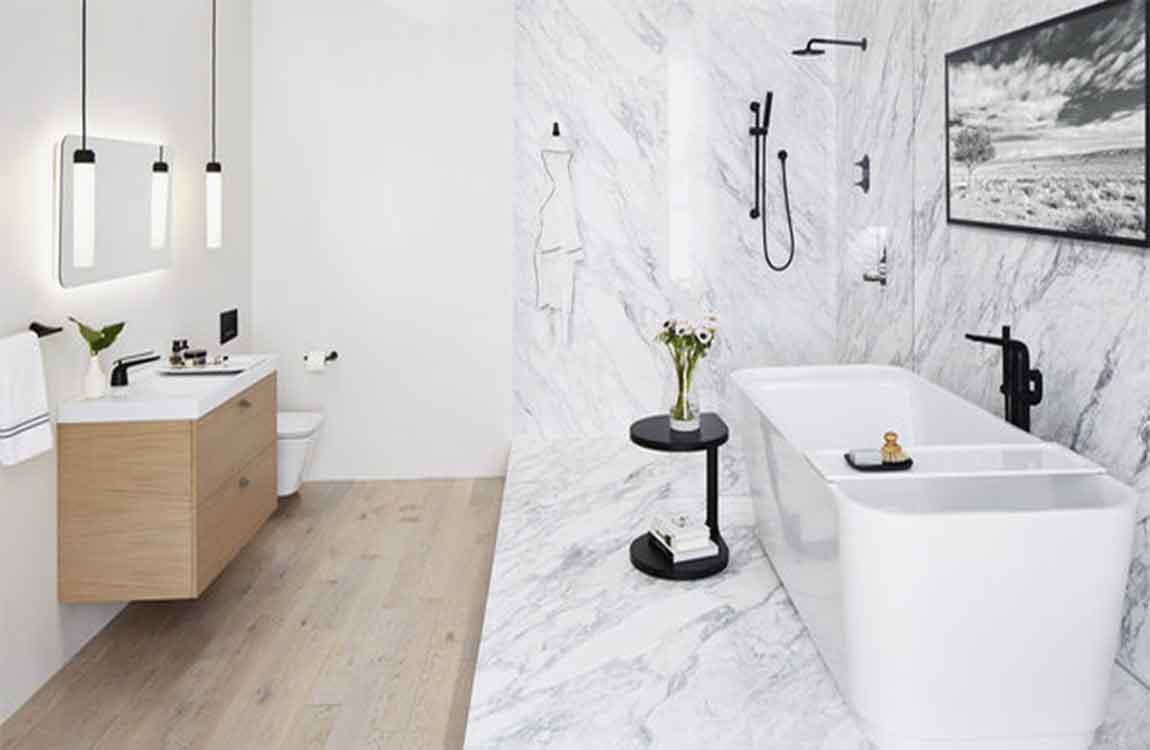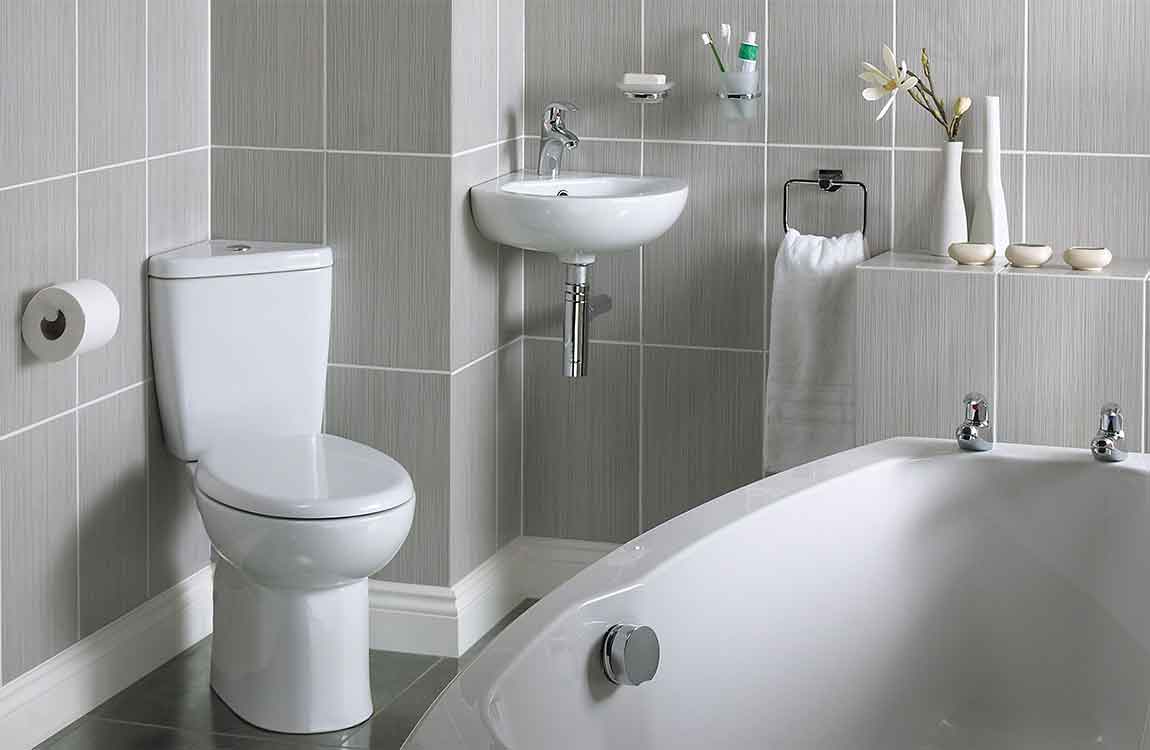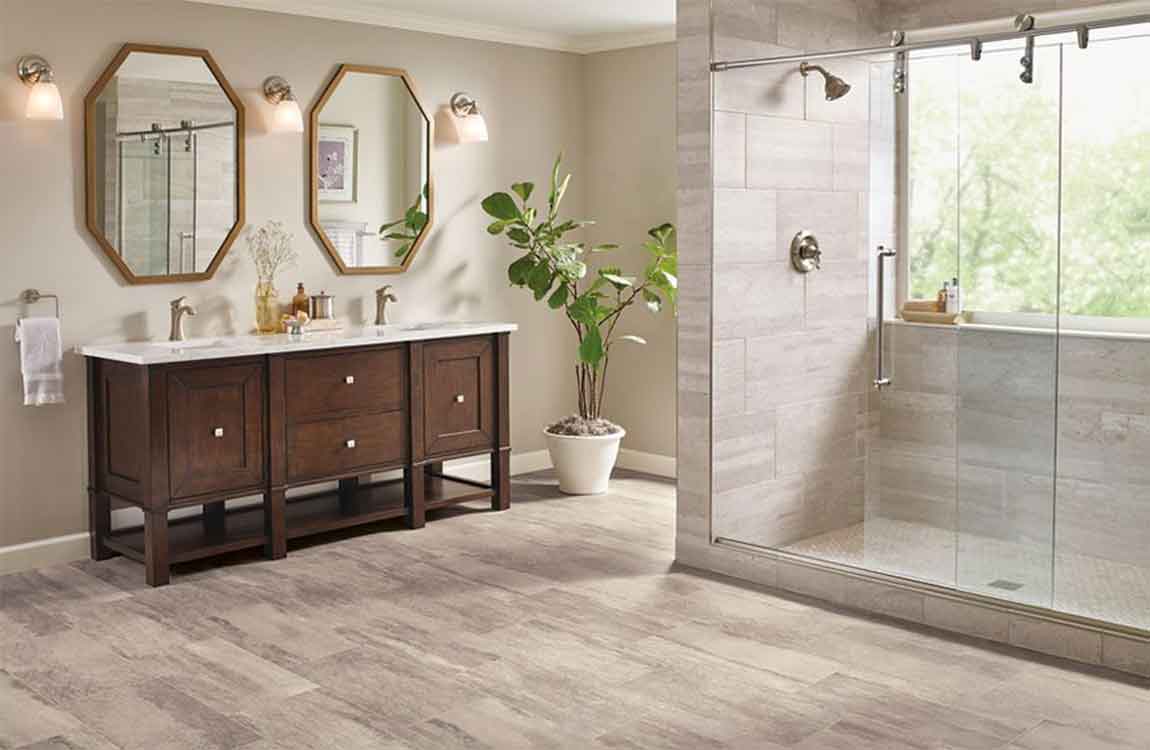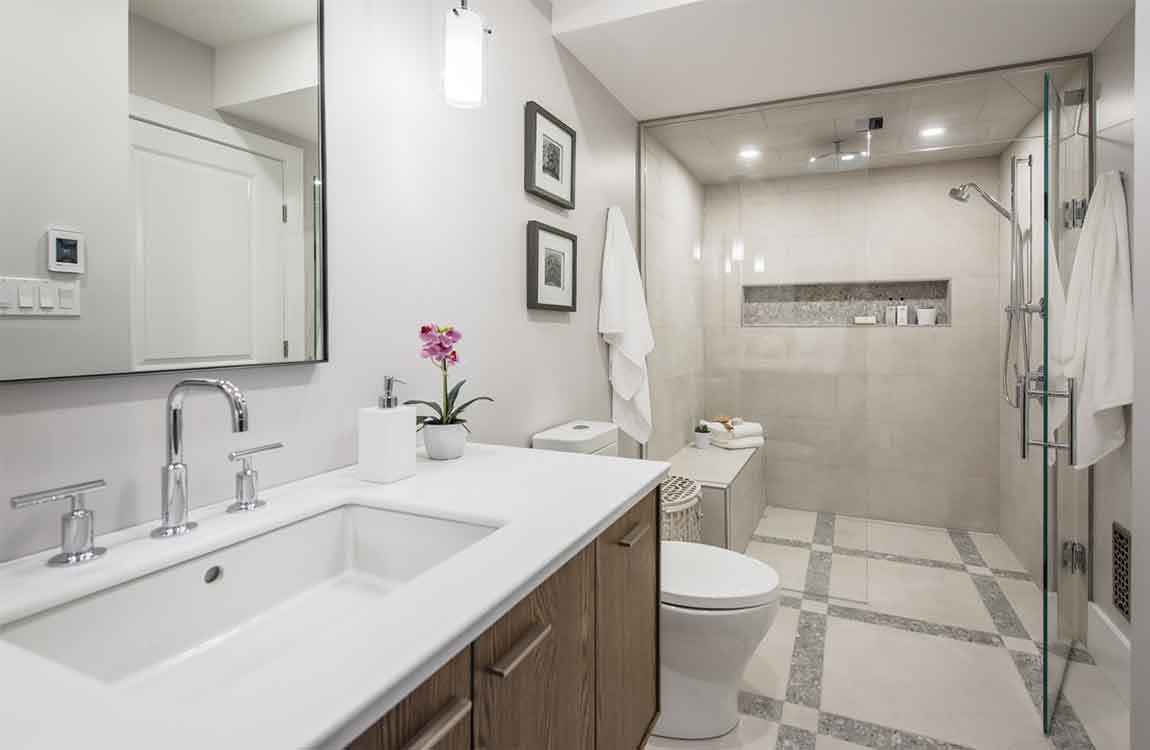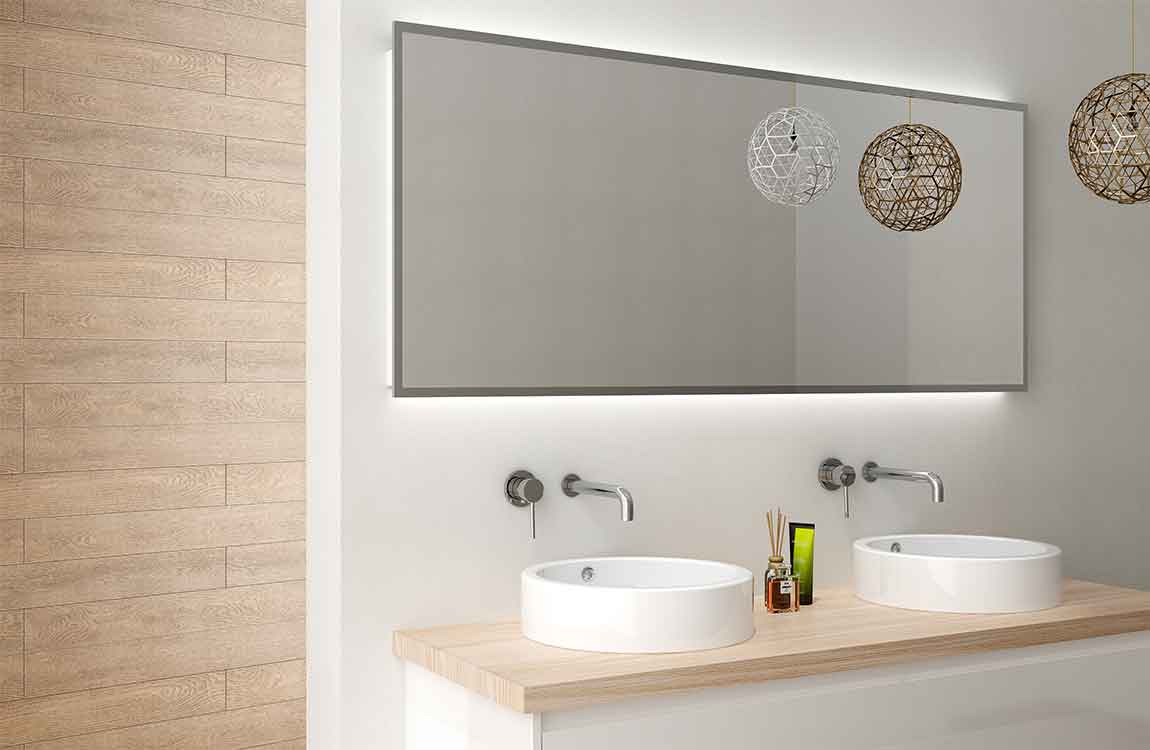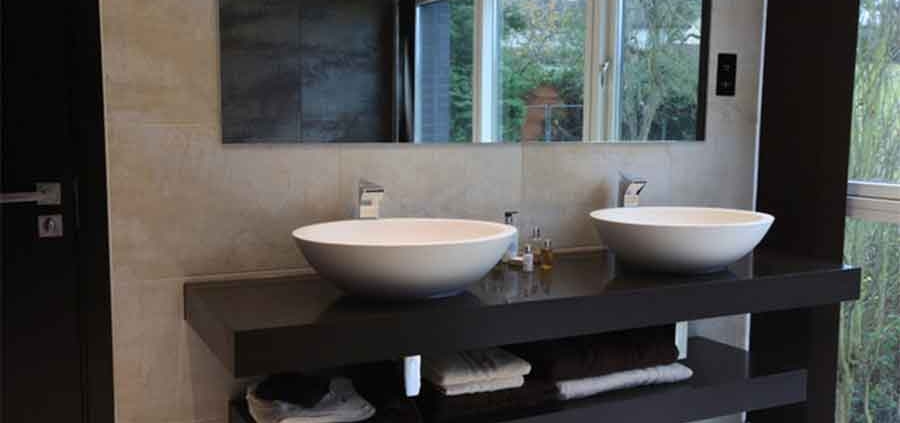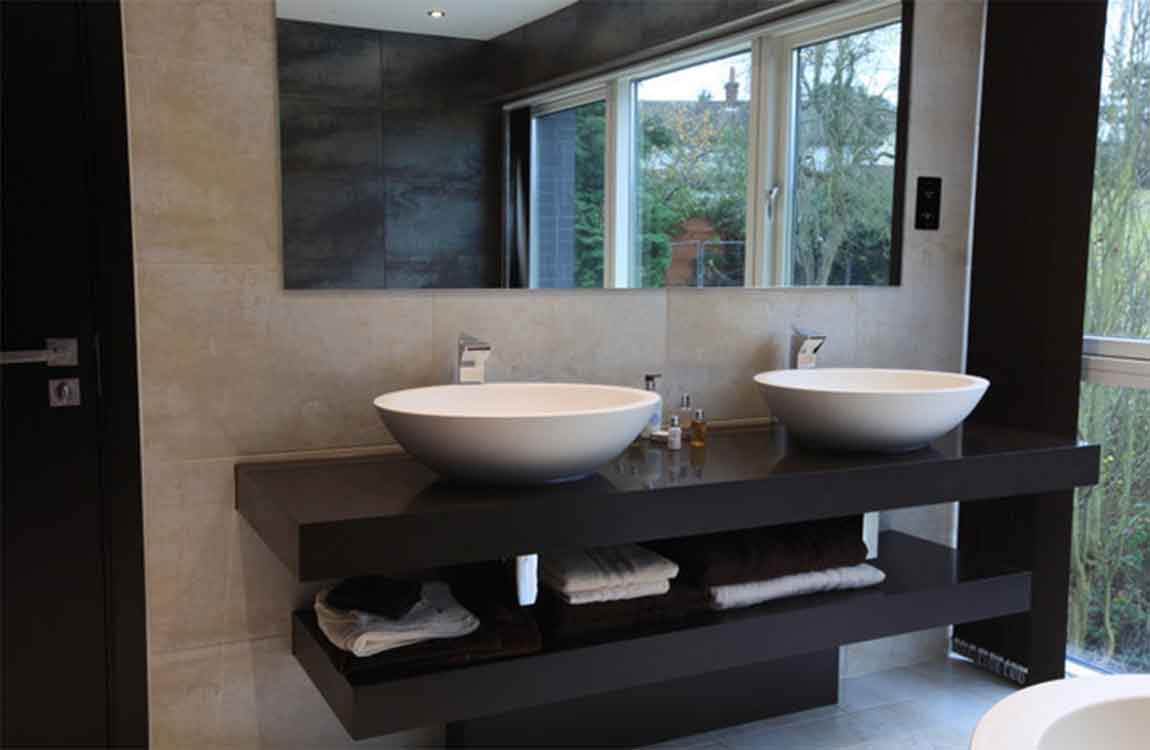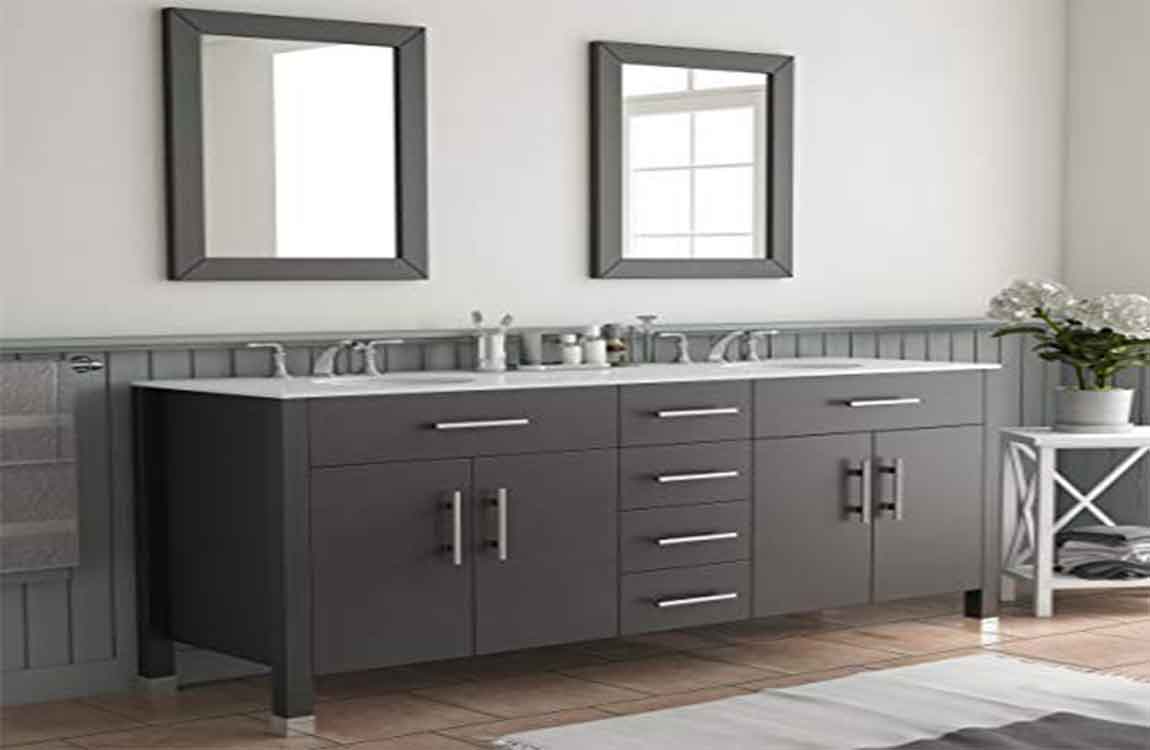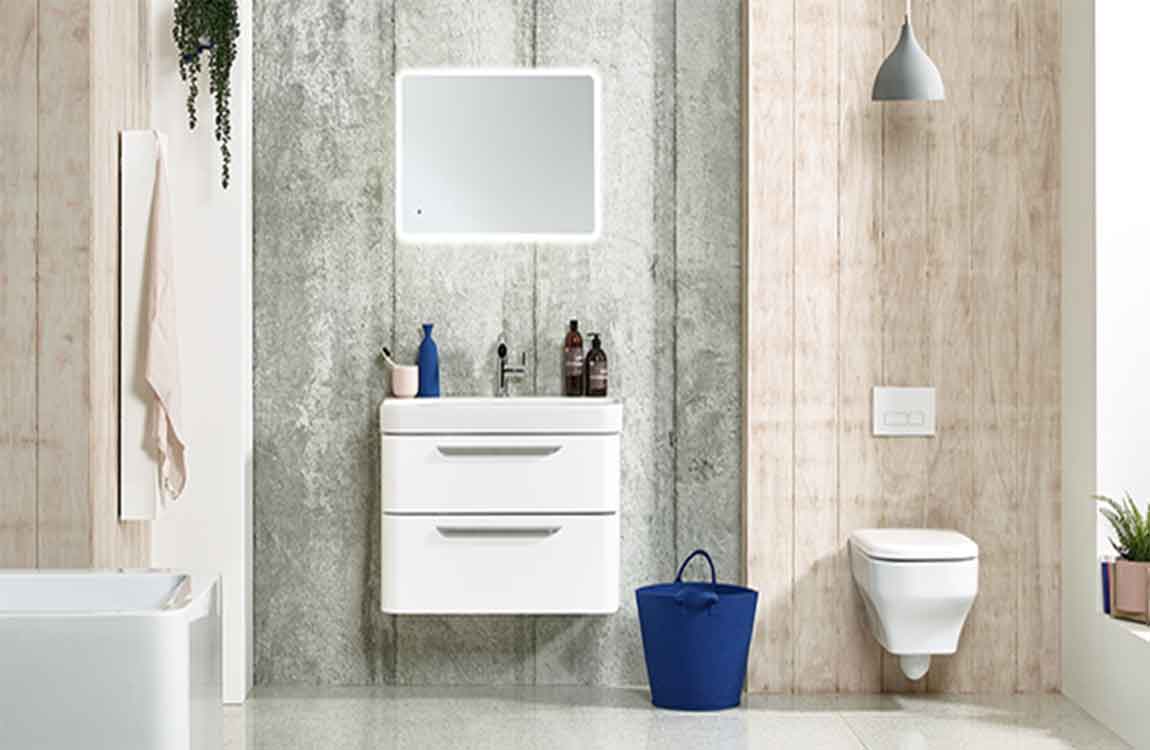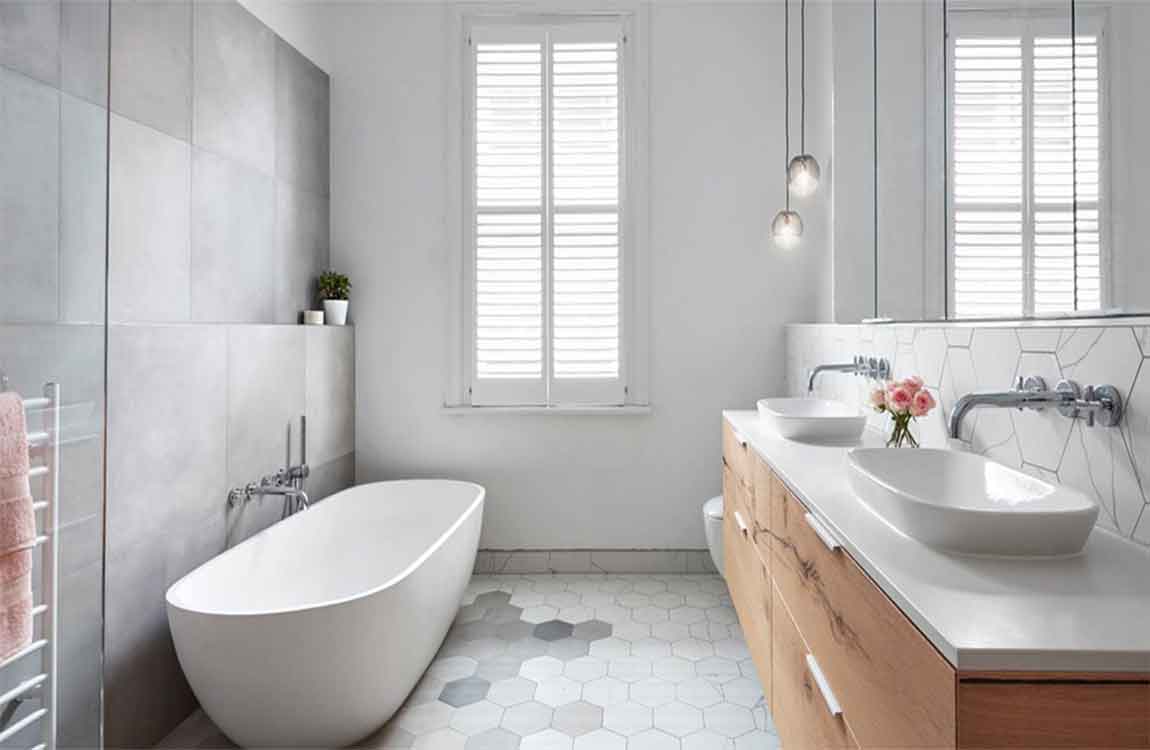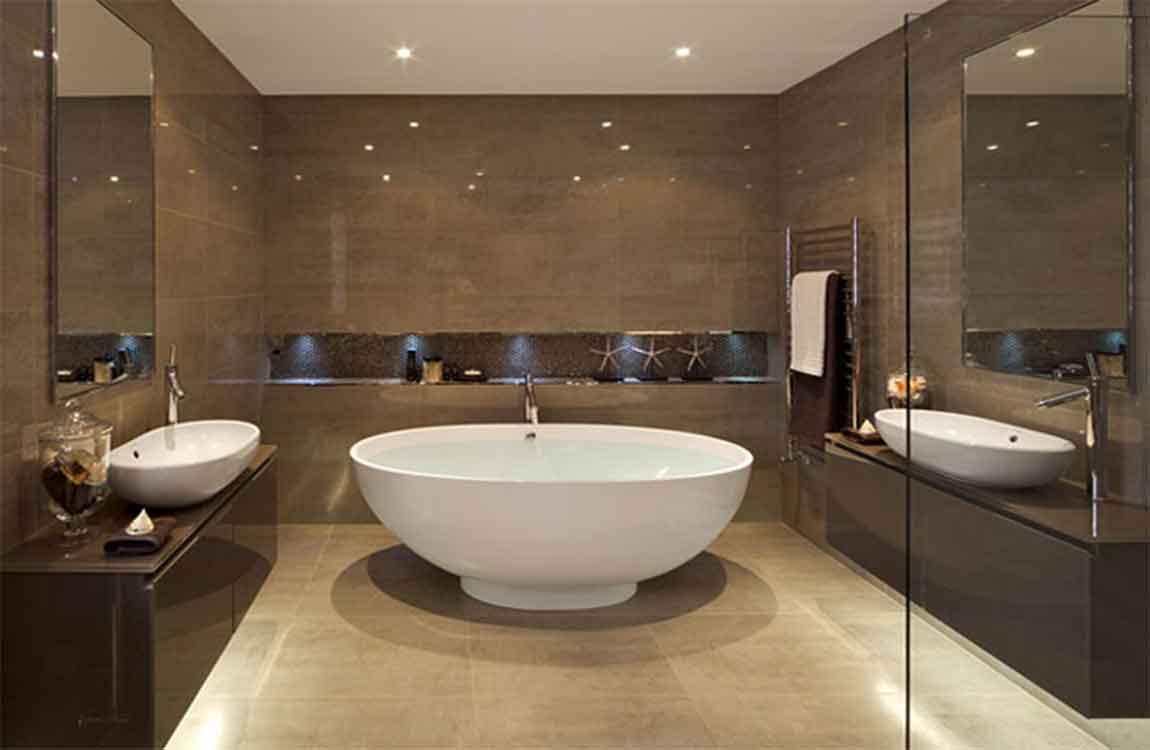How to Adding Extra Wall Storage?
Add wall shelving. On any open wall spaces, add sturdy shelves that match the style of your bathroom. If you need the extra space, go all the way up to the ceiling. You can even use the space directly above the door. Place items more frequently used on the lower shelves. If you can’t reach the higher shelves, store a stepstool in front of the bathroom cabinet.
Add floating shelves above the toilet. Most people ignore the space above the toilet, but this is actually valuable real estate for storage. A standing rack can look bulky and outdated. However, if you hang a set of floating shelves in a complementary color to the wall, then this will actually open up the space. Stack decorative items on these shelves or use them for extra toiletry storage for items, such as toilet paper and tissues.
Hang glass jars on the wall. Get a set of clean, large mason jars. Use metal loops or small shelves to keep them suspended on the wall. Once the jars are secured, fill them with small items, such as makeup tools. Keep the design looking even cleaner by putting the same type of items into each jar. For example, 1 jar can just hold brushes. Another can hold cotton swabs and so on.
Place magnetic strips around the vanity. Buy long, metal magnetic strips from your local hardware store. Use screws or construction glue to secure these strips to any gaps on the walls around the sink and vanity. Then, hang metal items, such as tweezers, on these strips. This is also a great way to secure small metal items that you might otherwise misplace, such as bobby pins. Don’t place any sharp objects on the strips in the slight chance that they could fall off and cause an injury.
Use spice racks for makeup storage. Spice racks are great for storage because they are the perfect size for makeup or even medicine bottles. They are also easy to wipe down for cleaning. In the empty wall space near the sink, hang a set of spice racks using screws. Make sure that the racks are close enough together to maximize your wall space. However, don’t place them directly against one another or that might look overcrowded.














